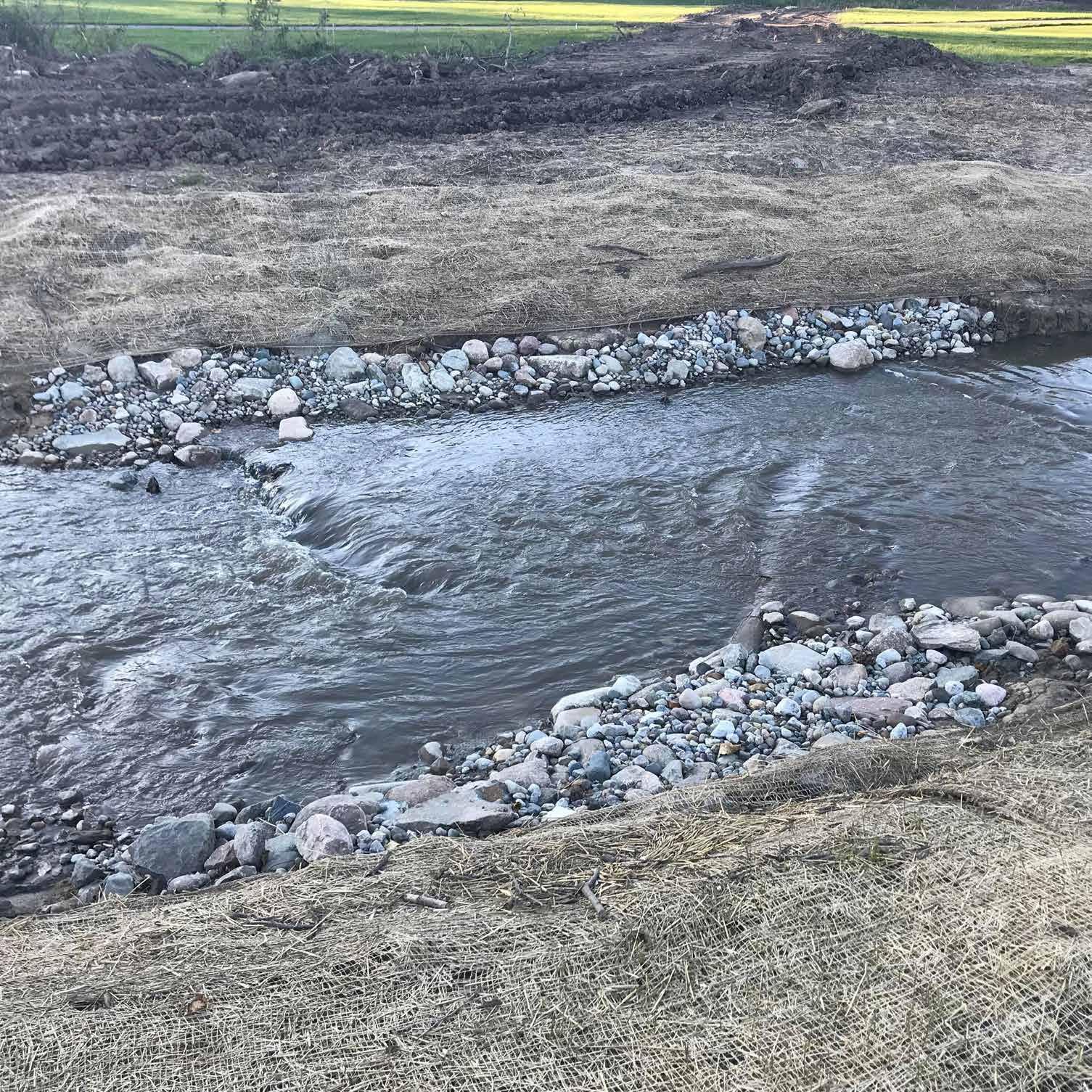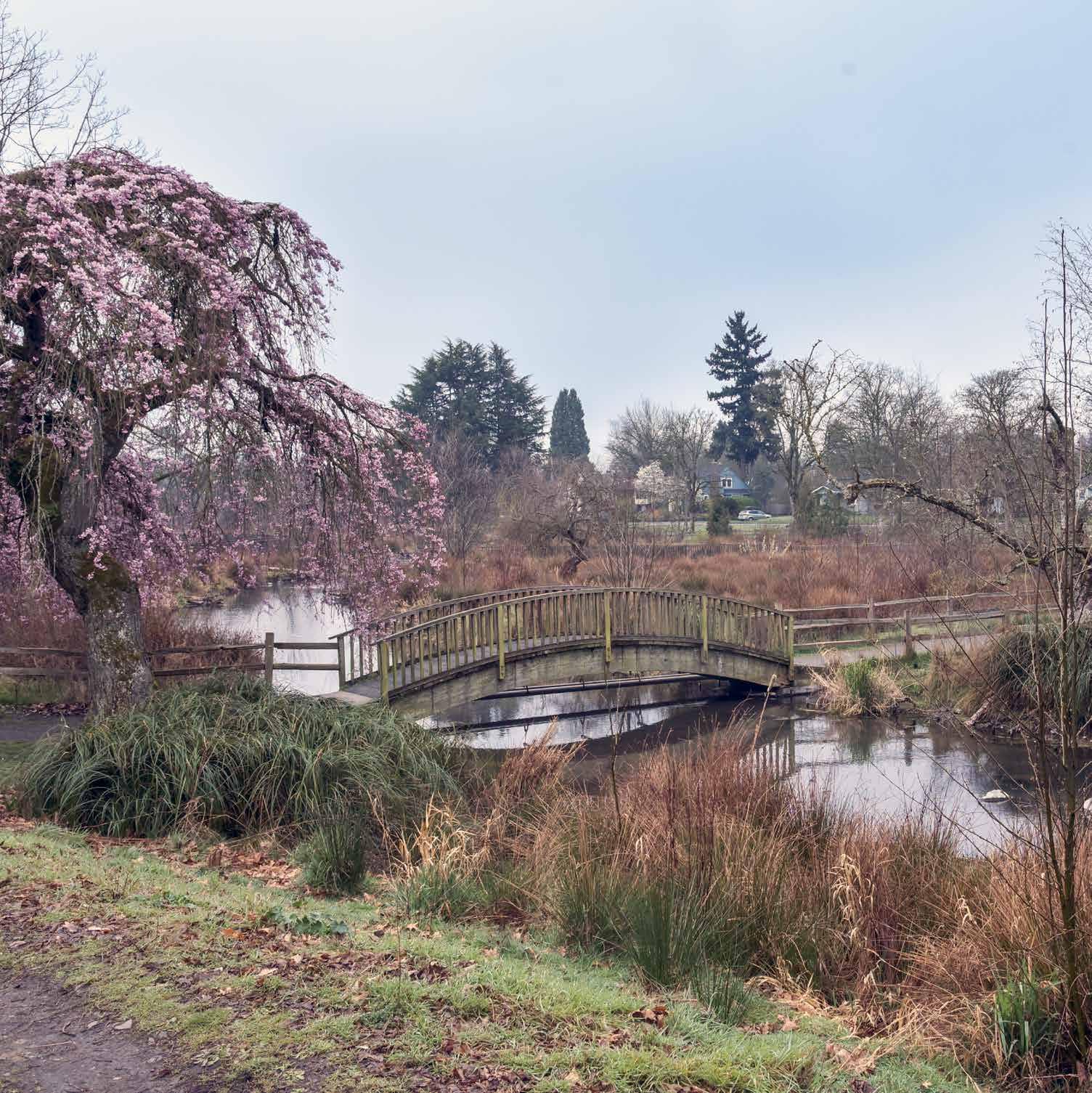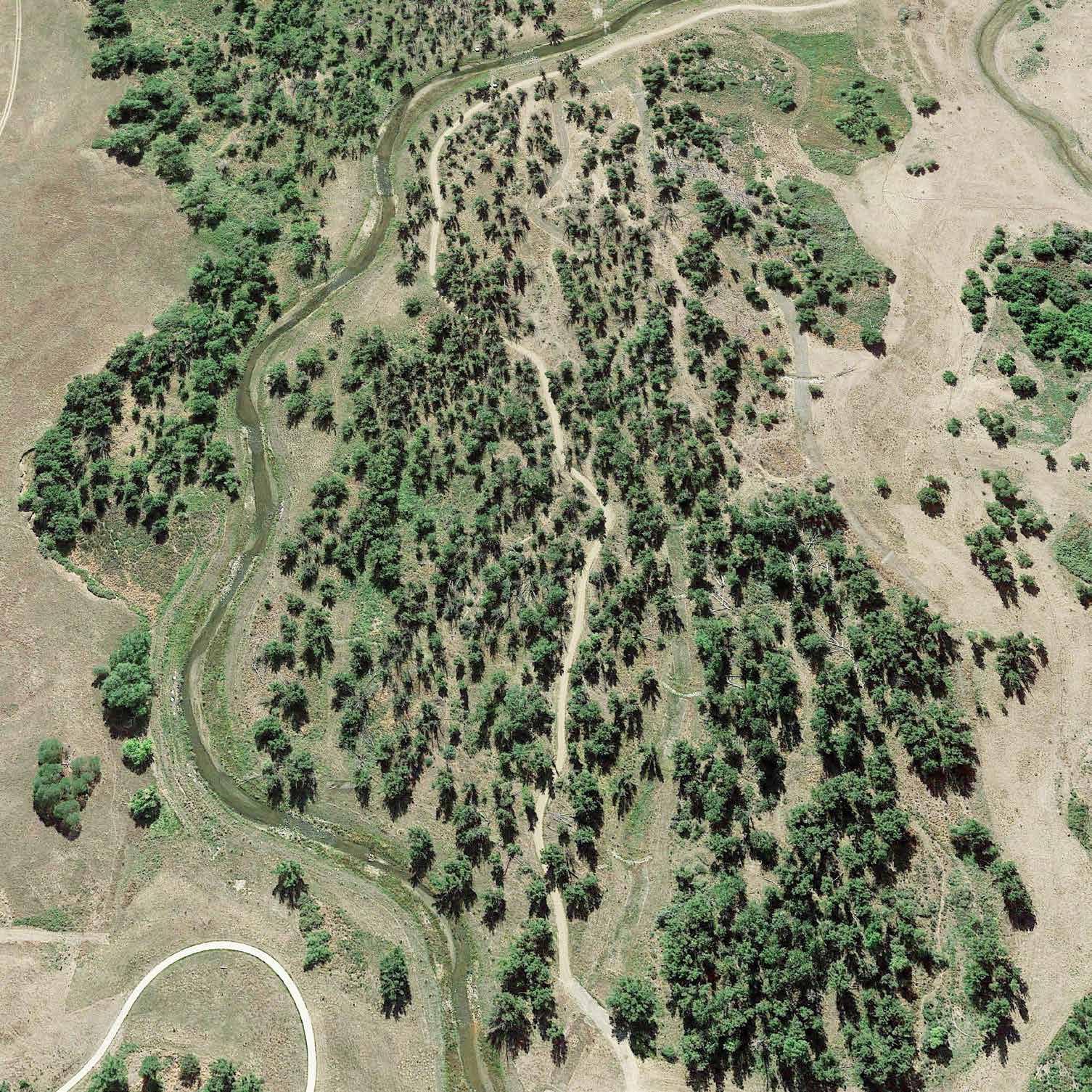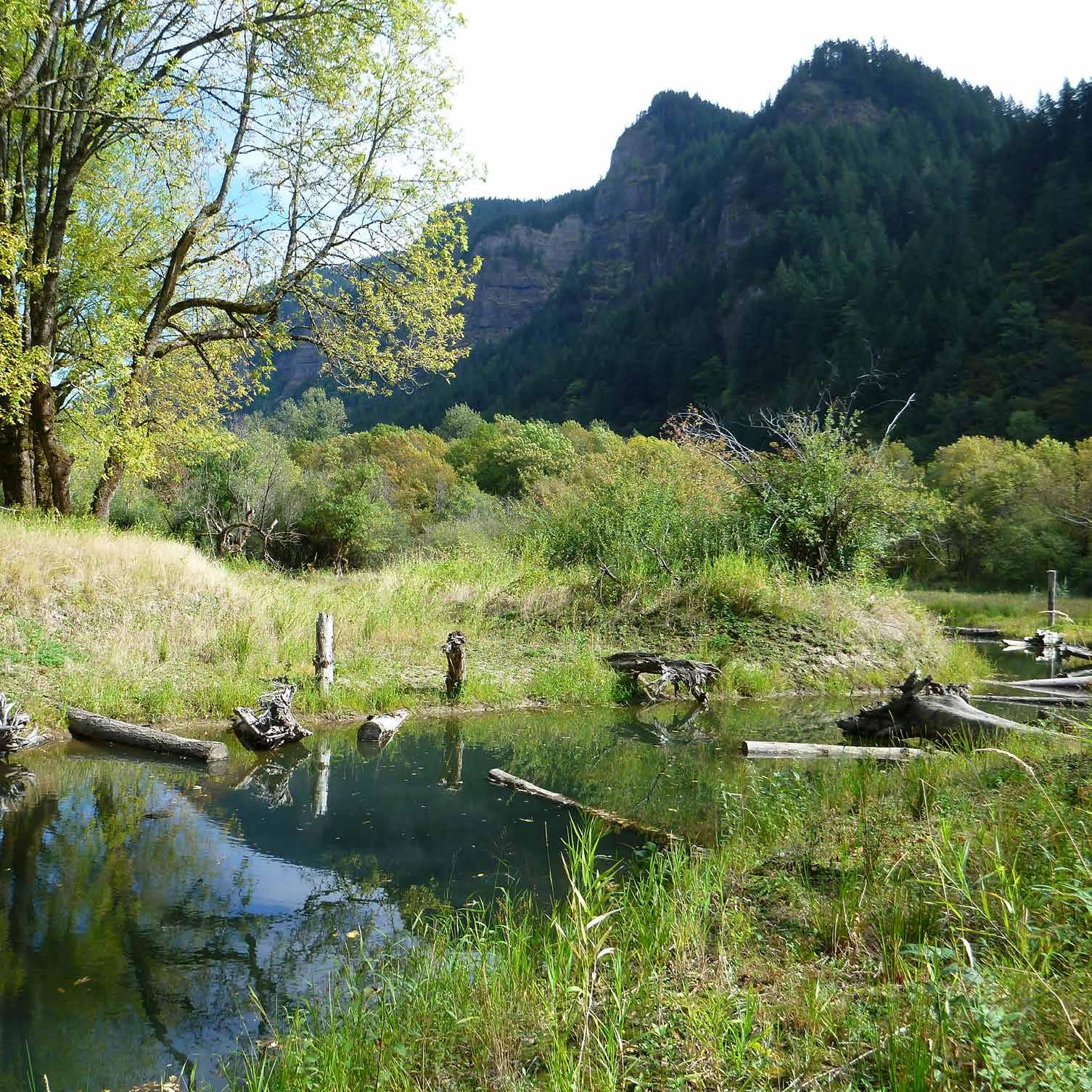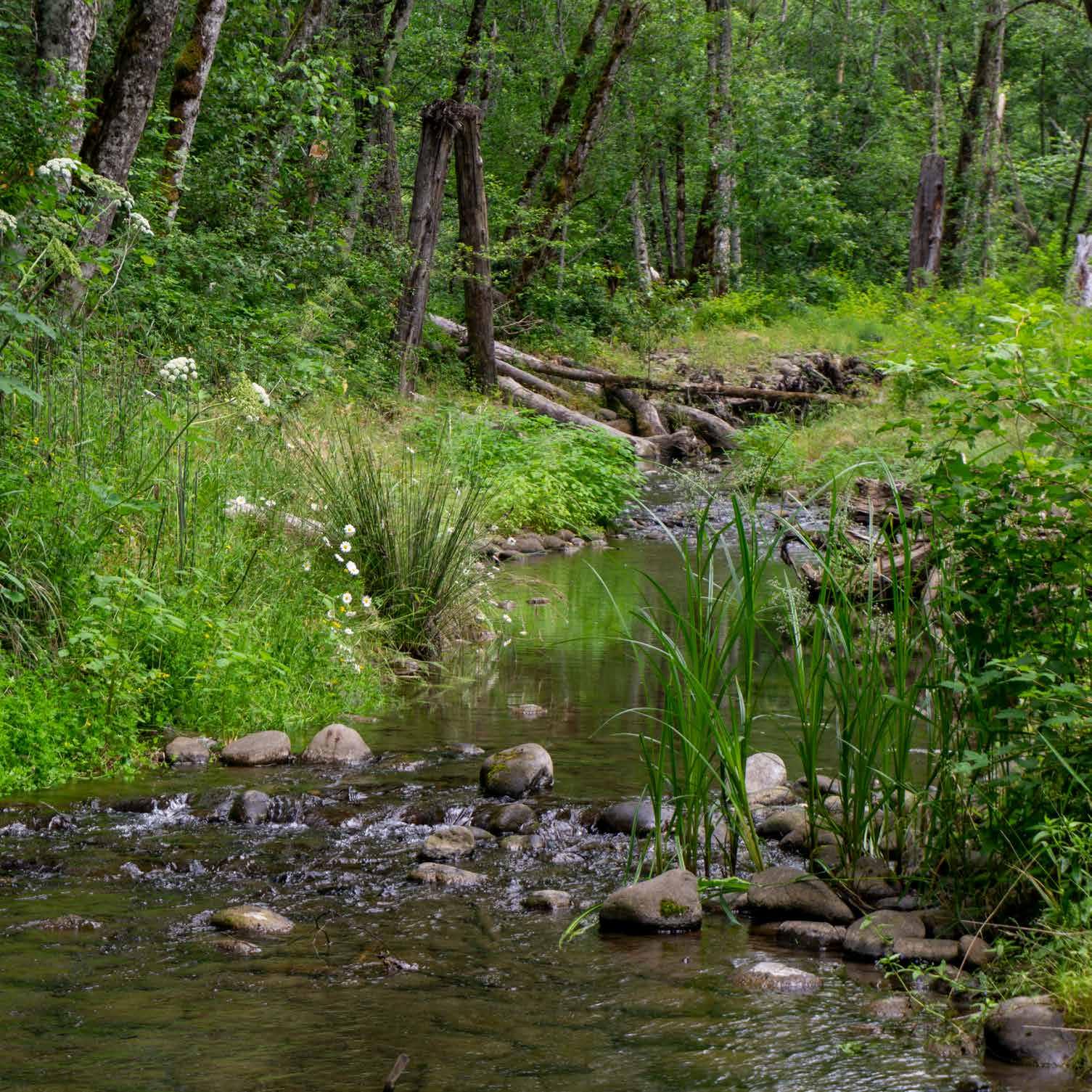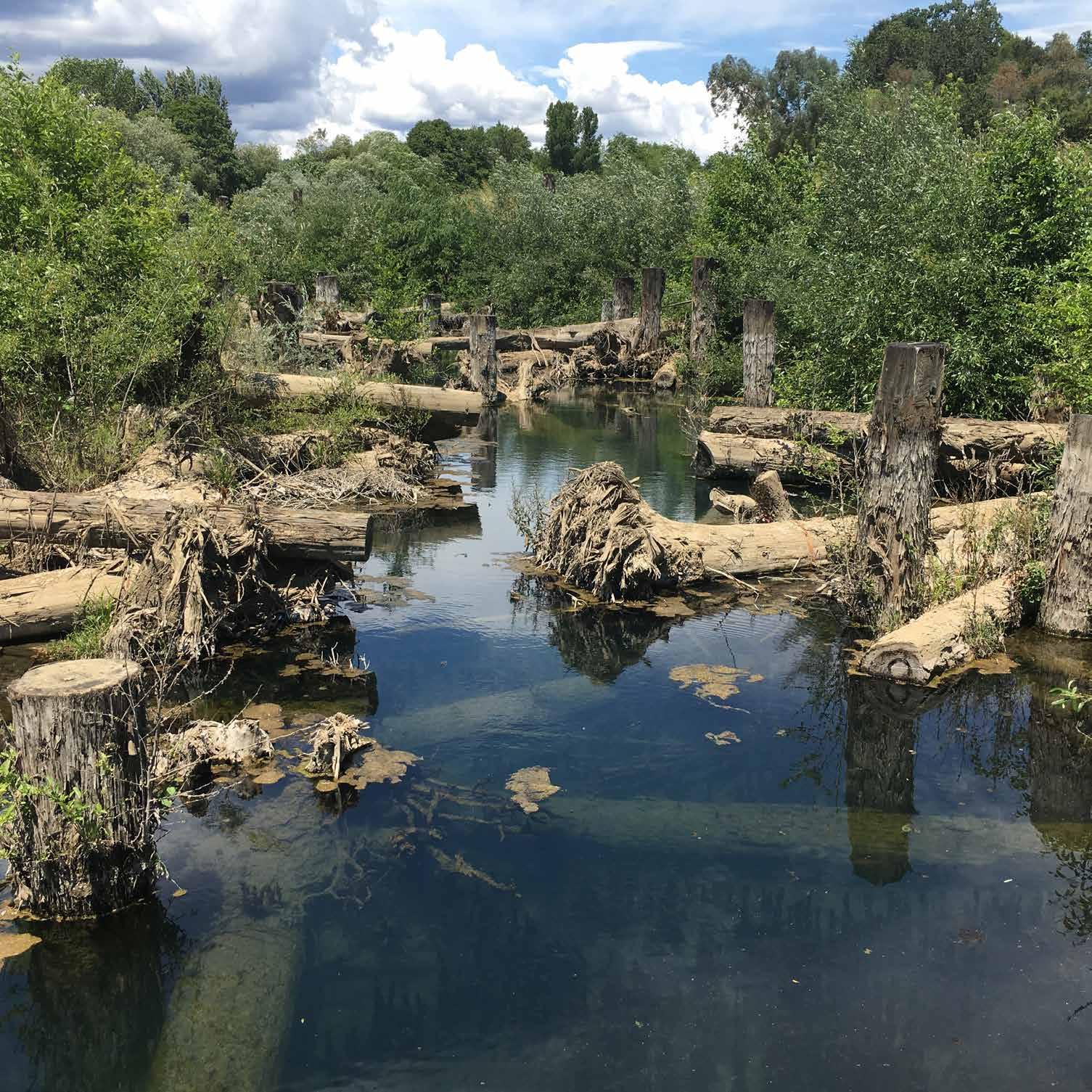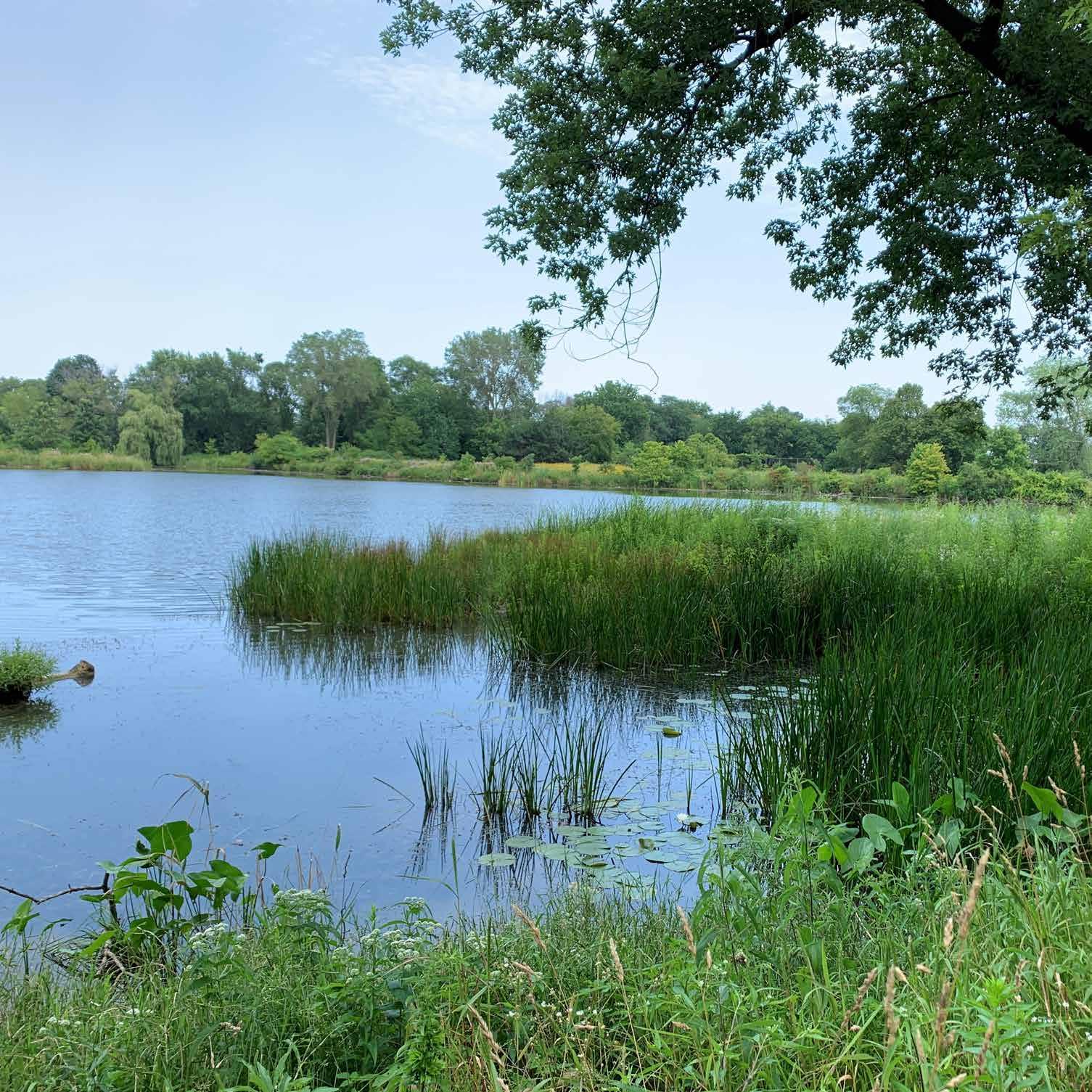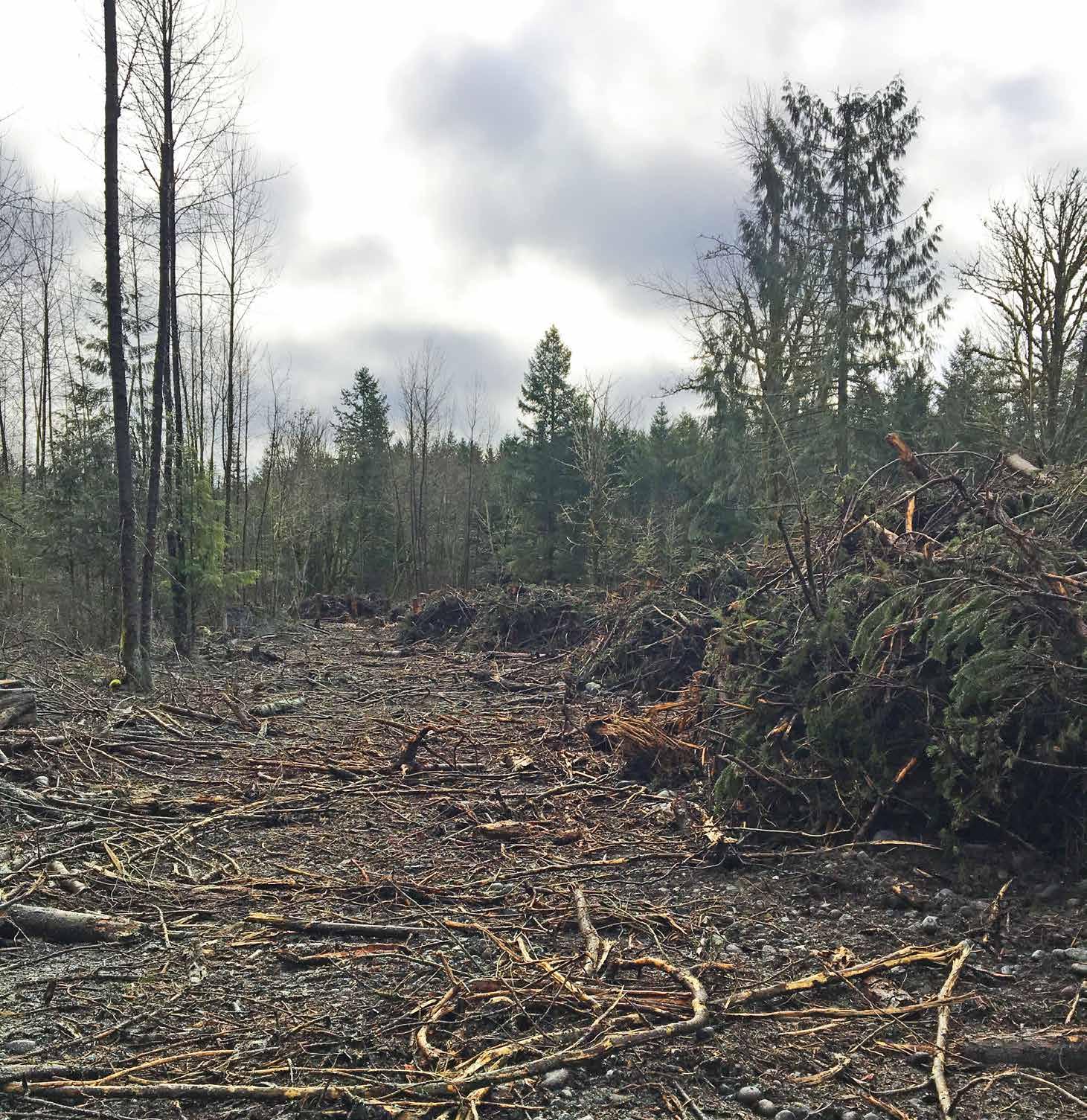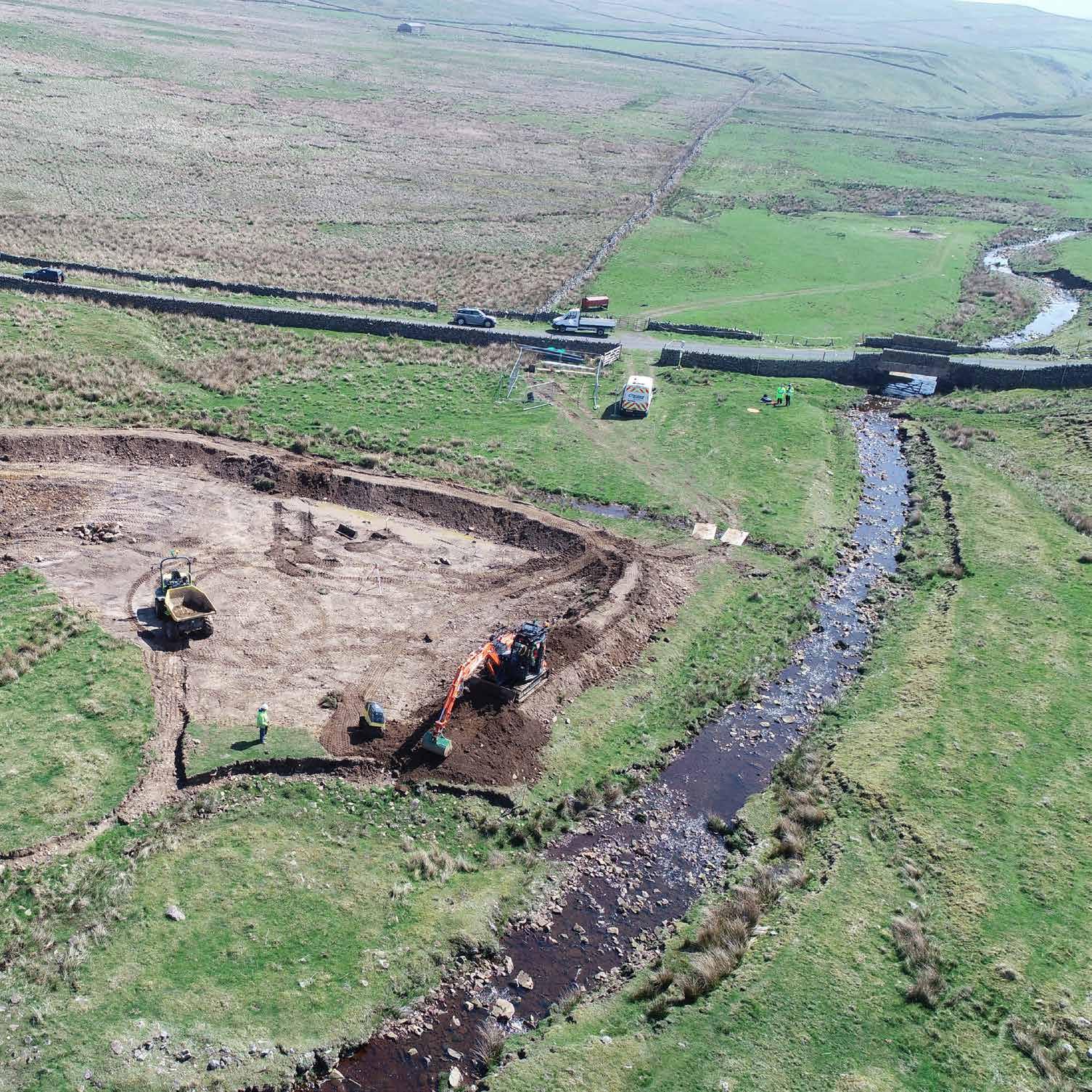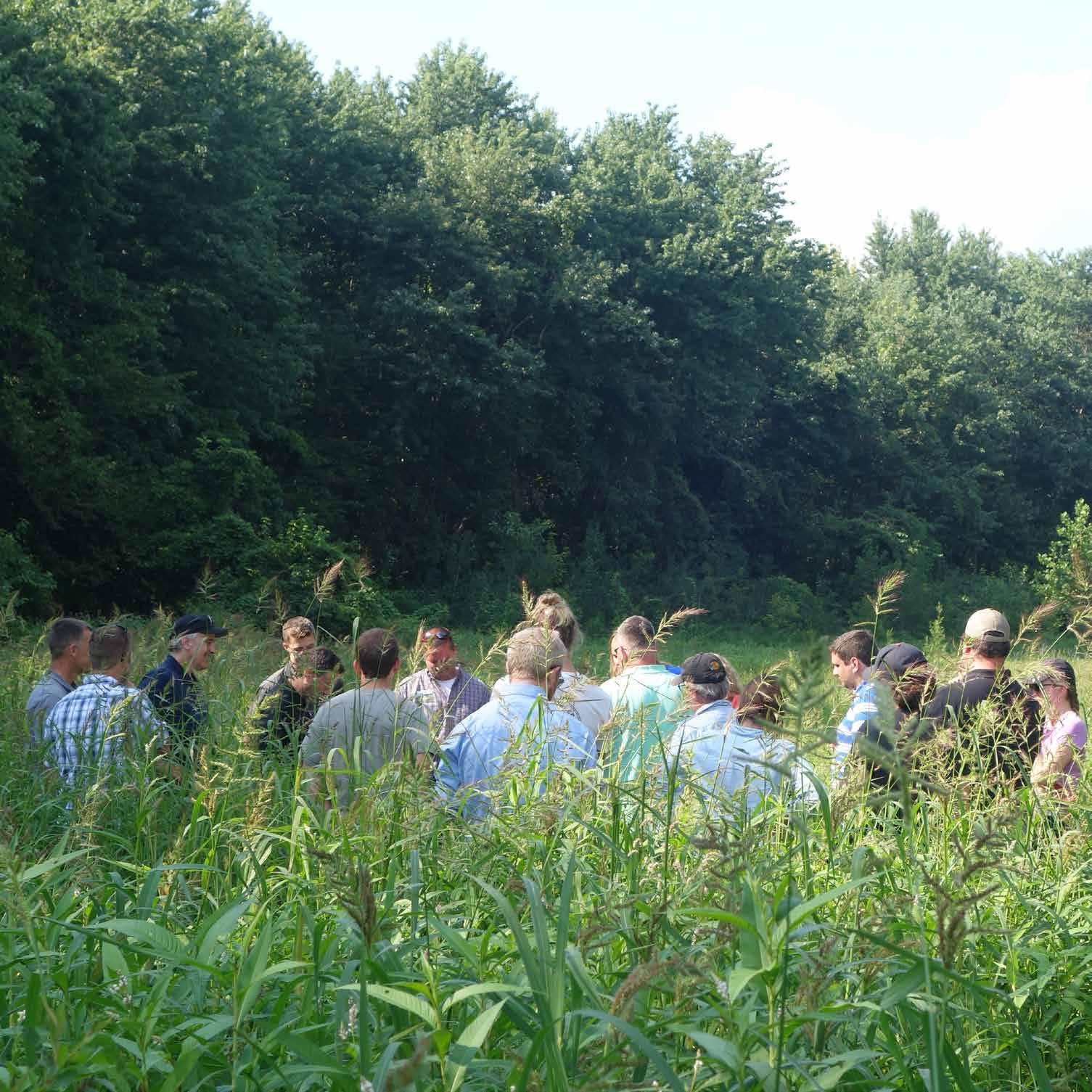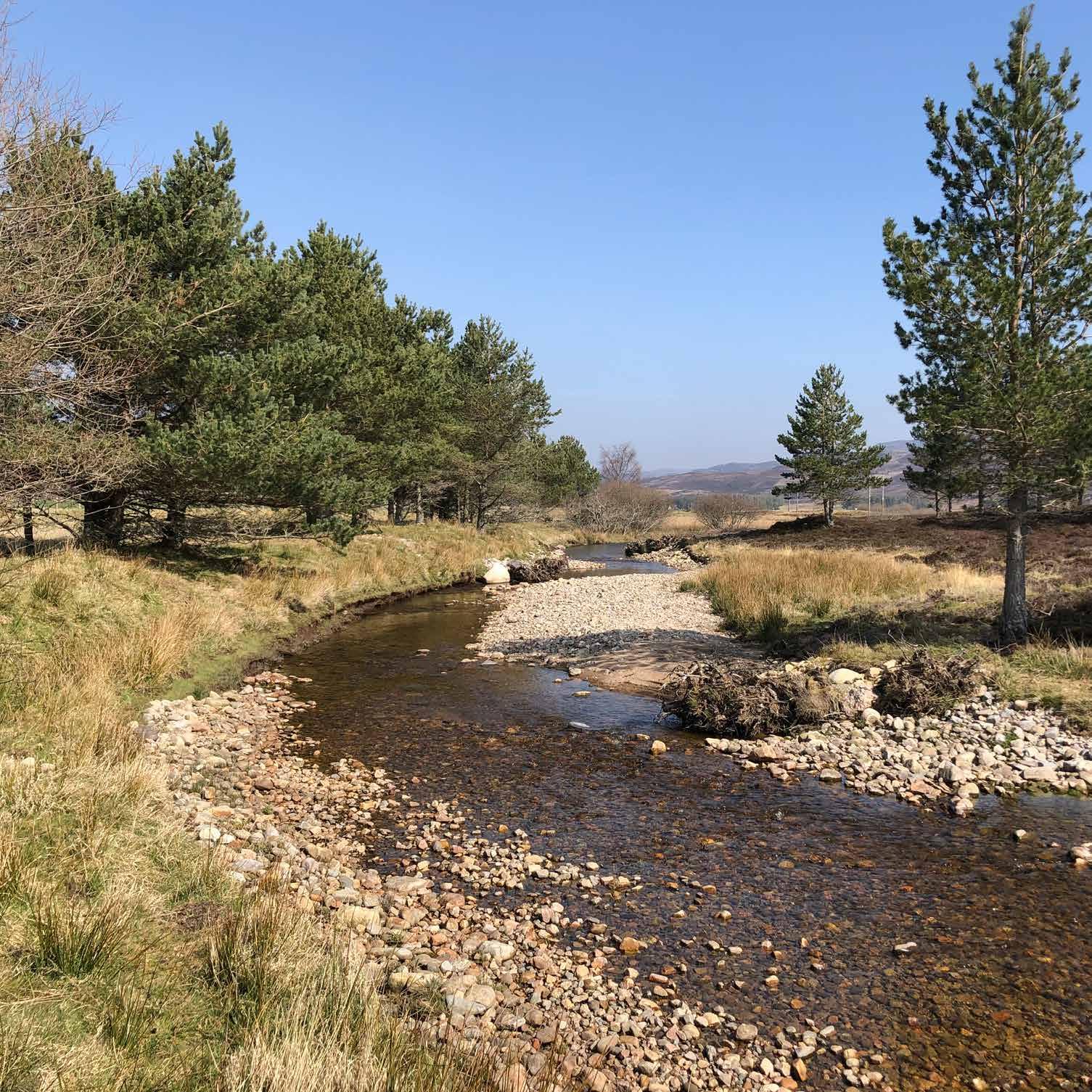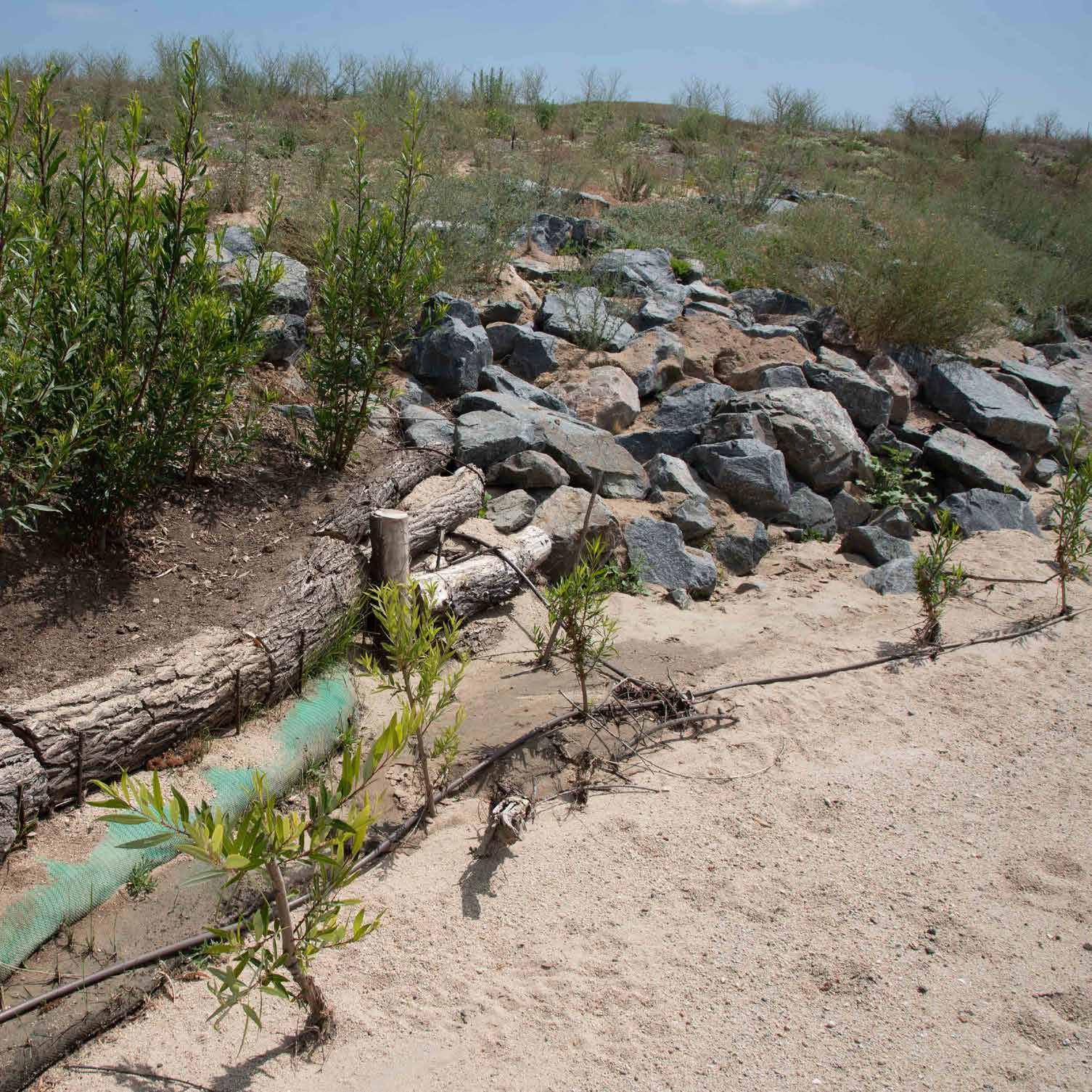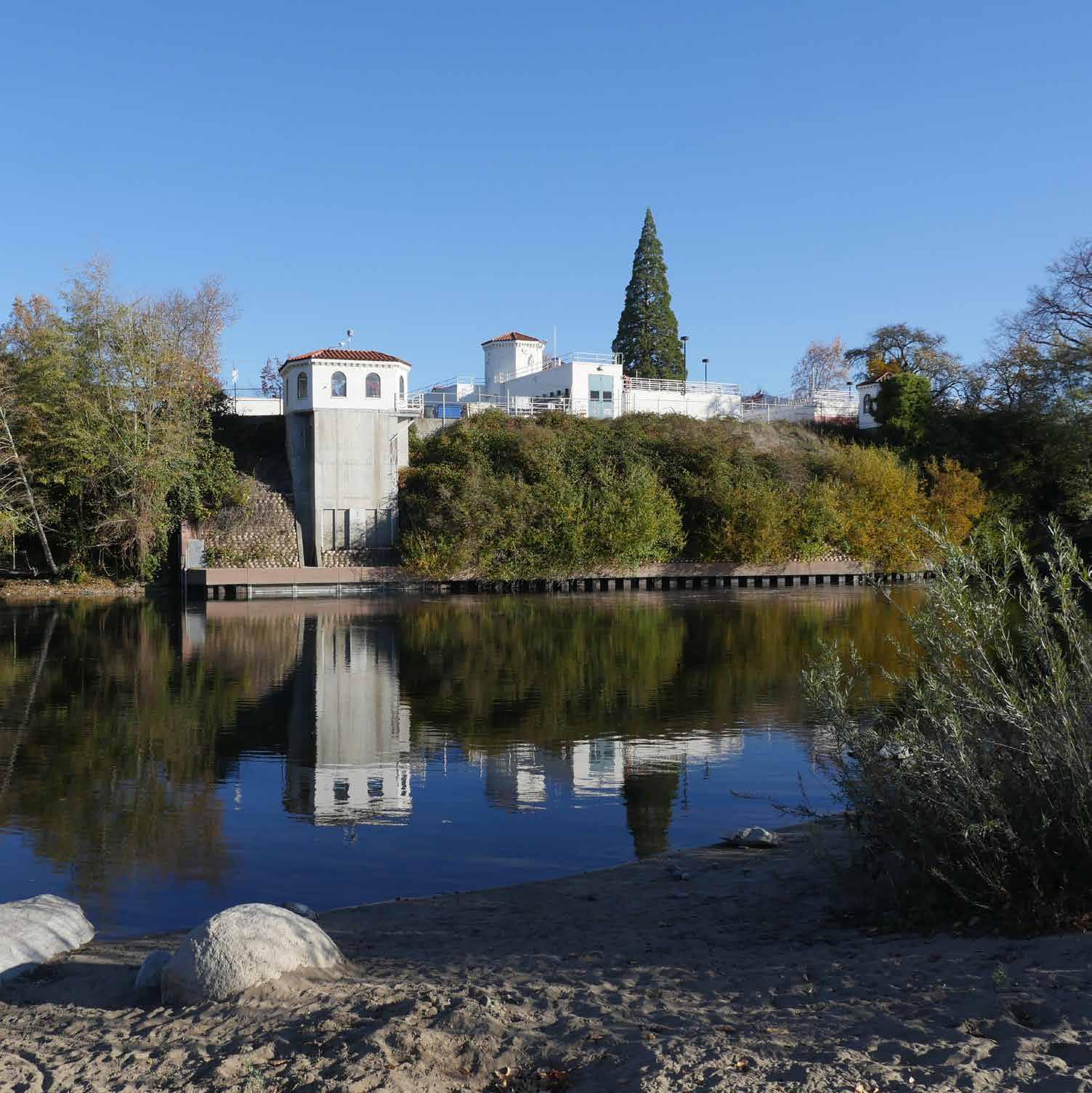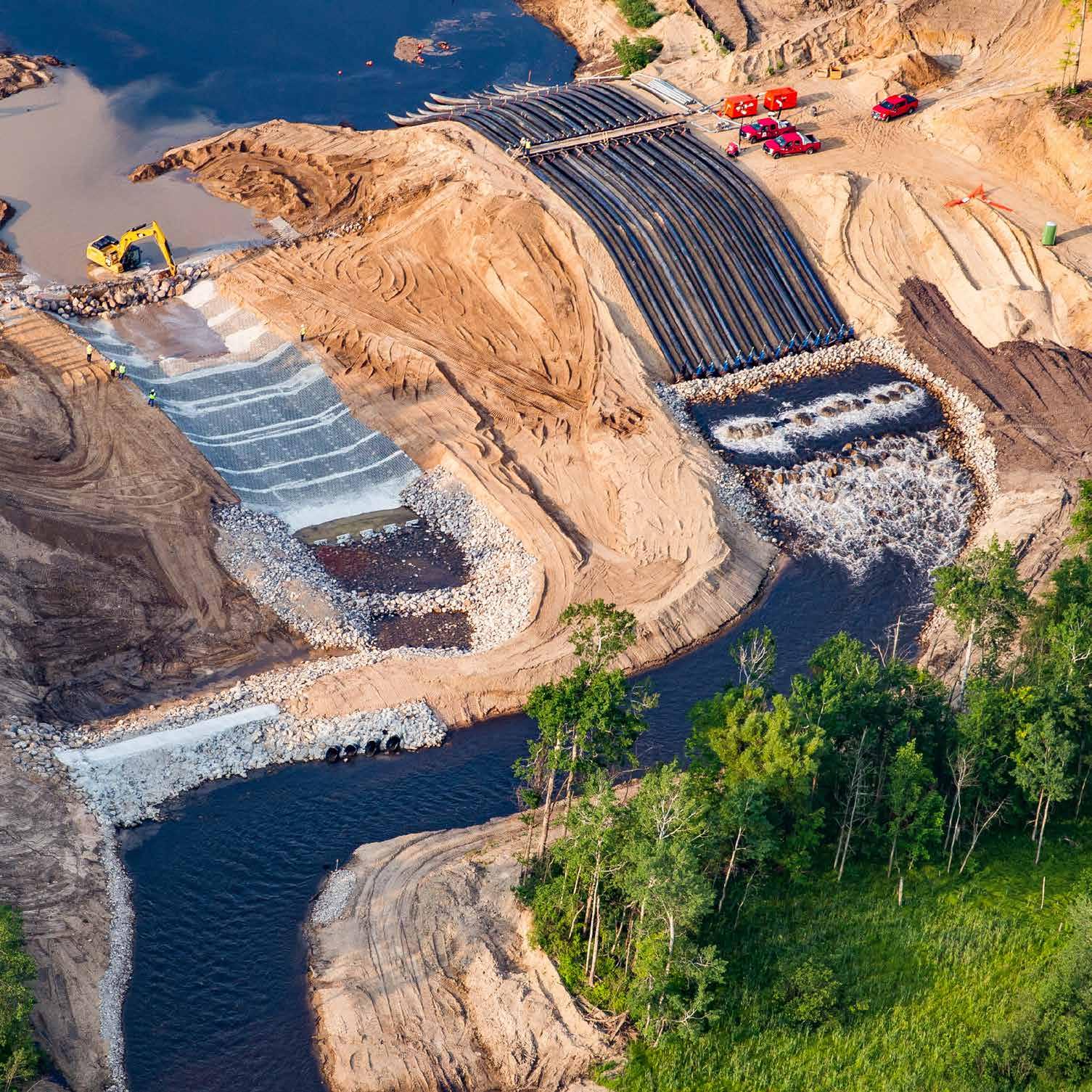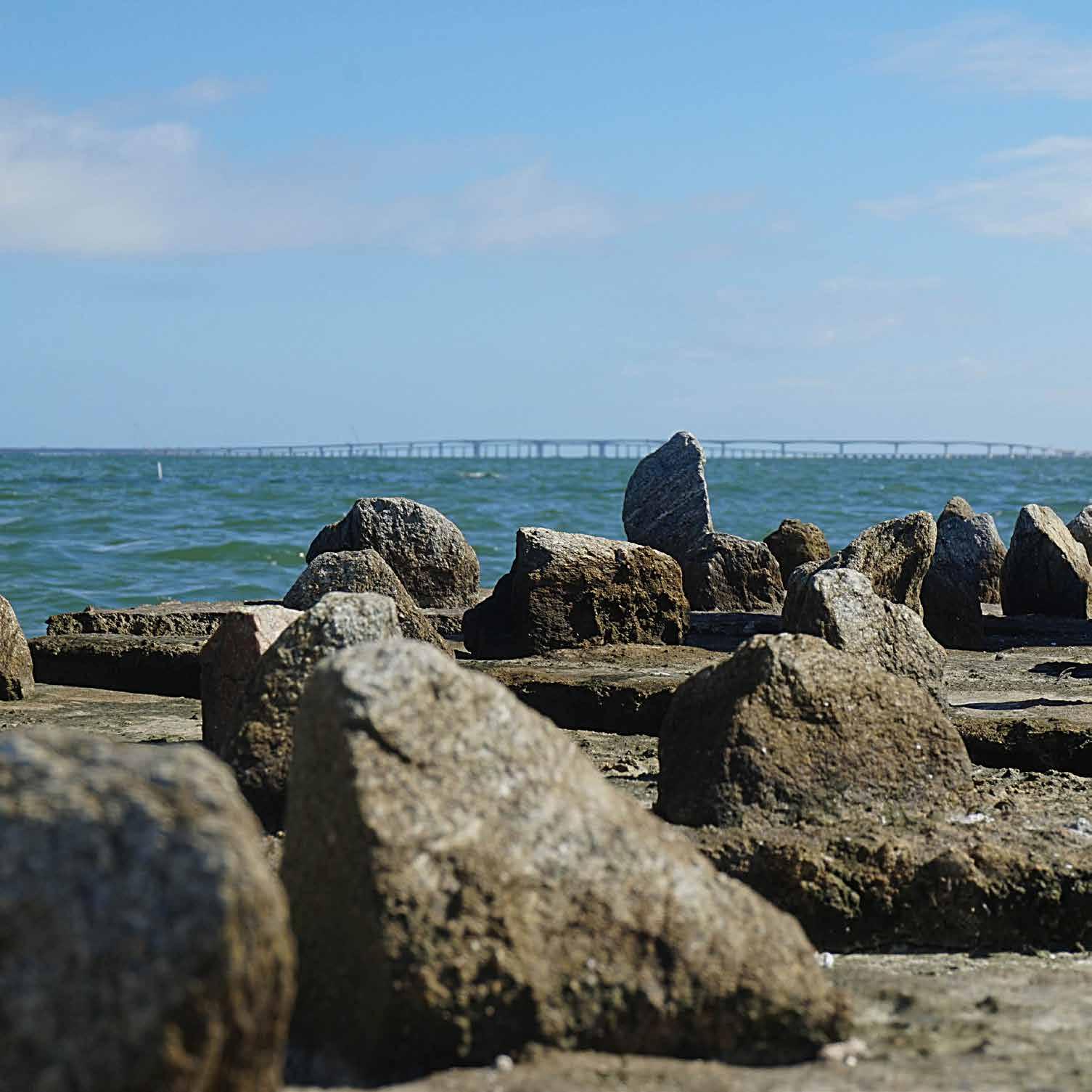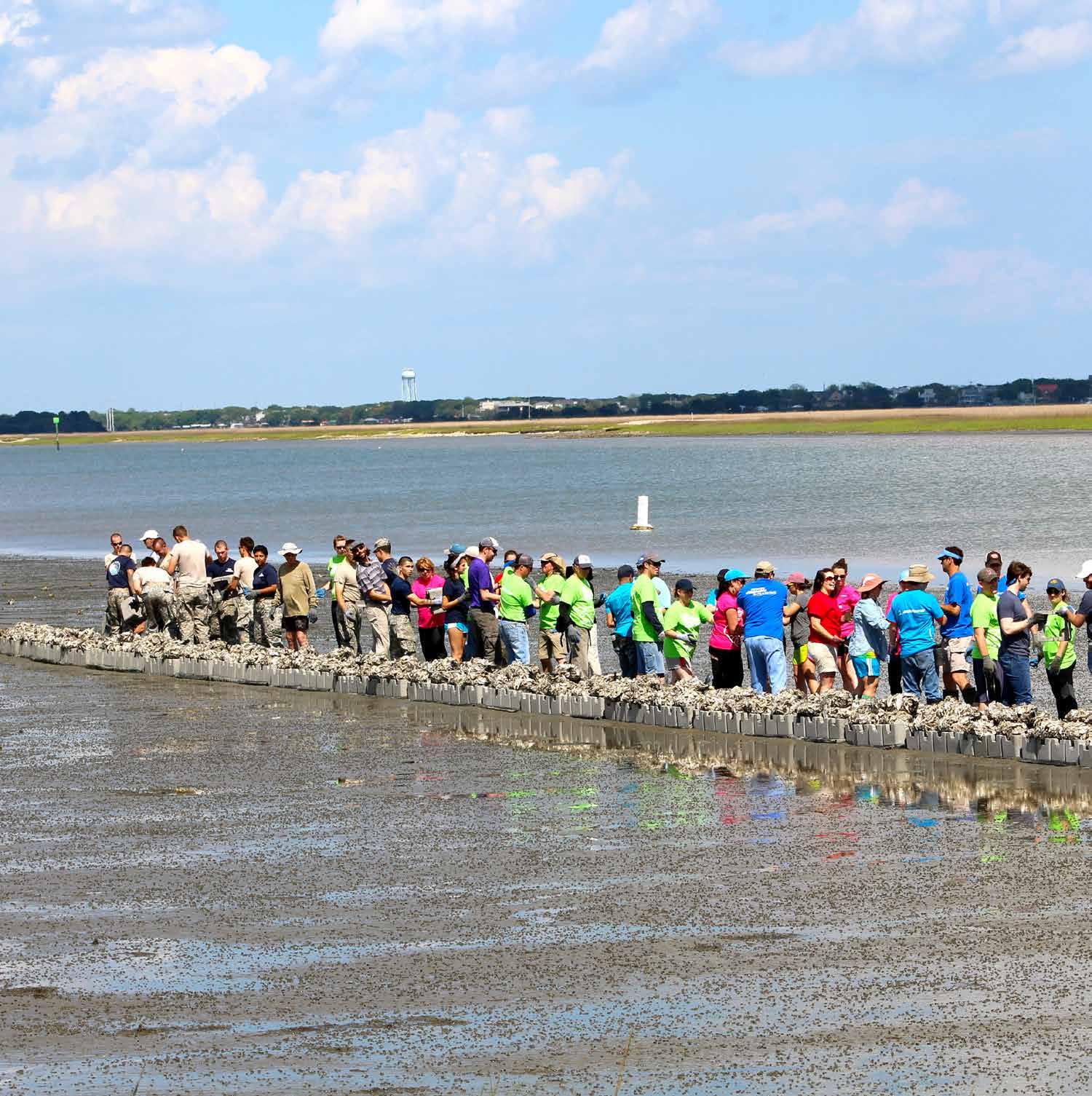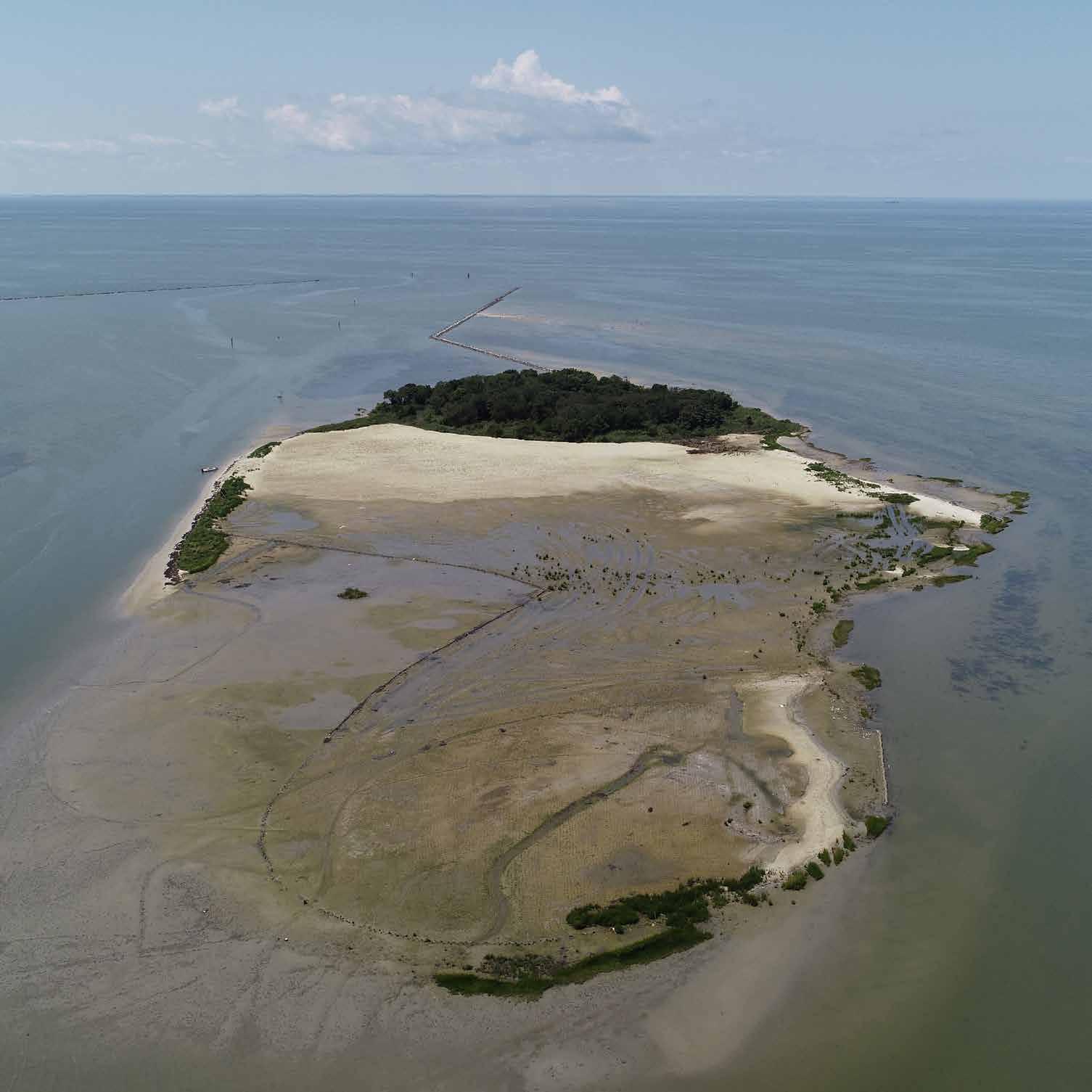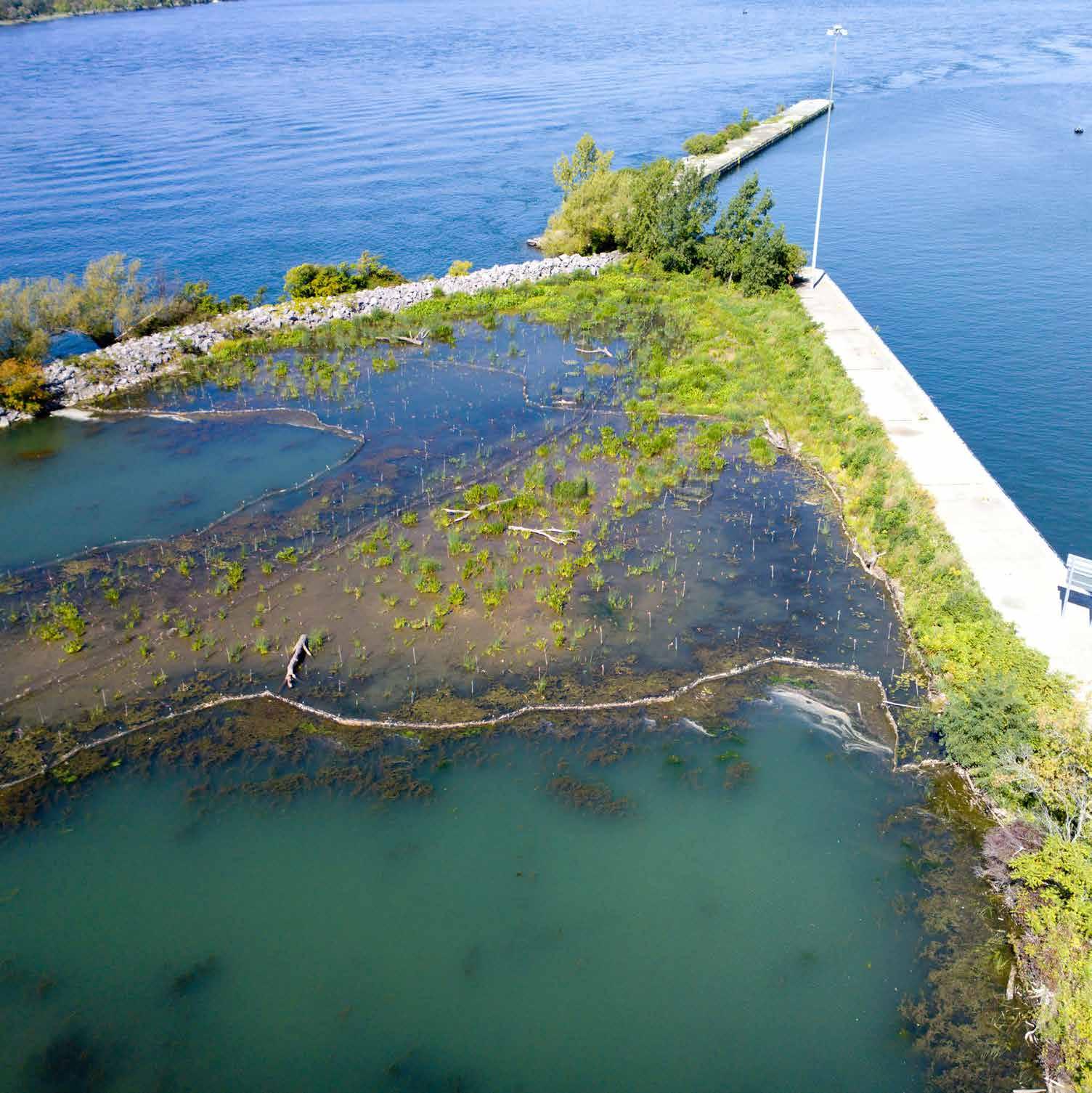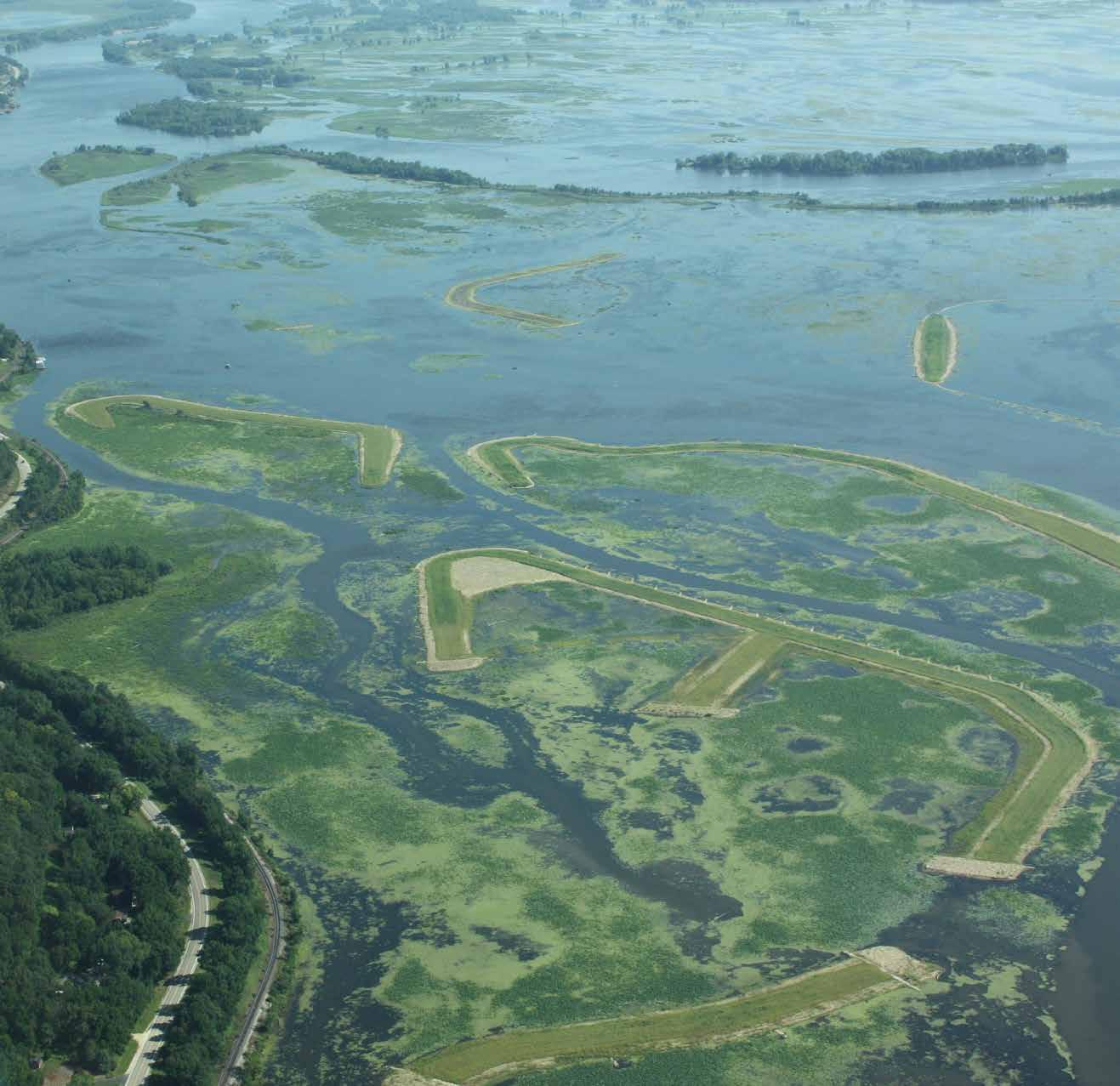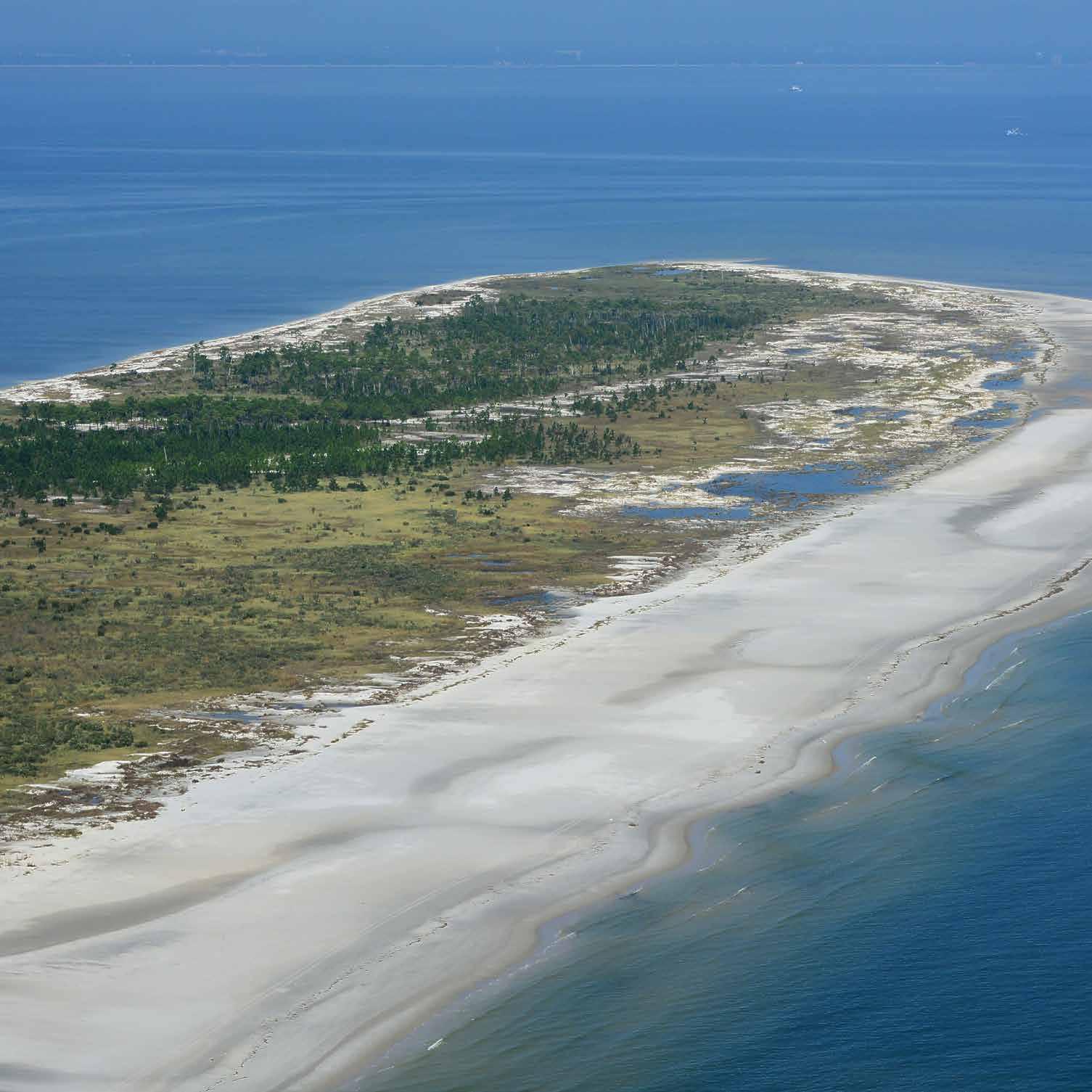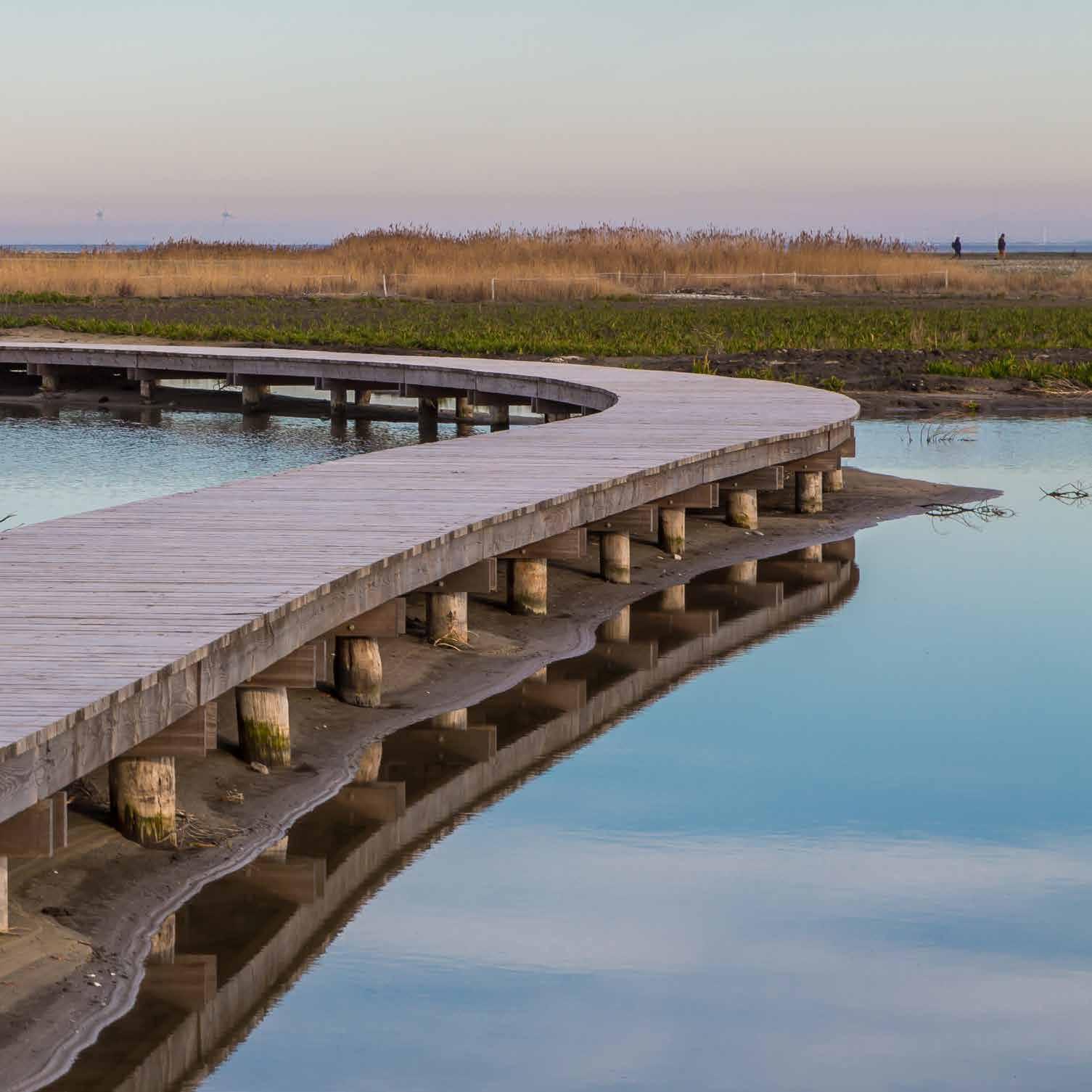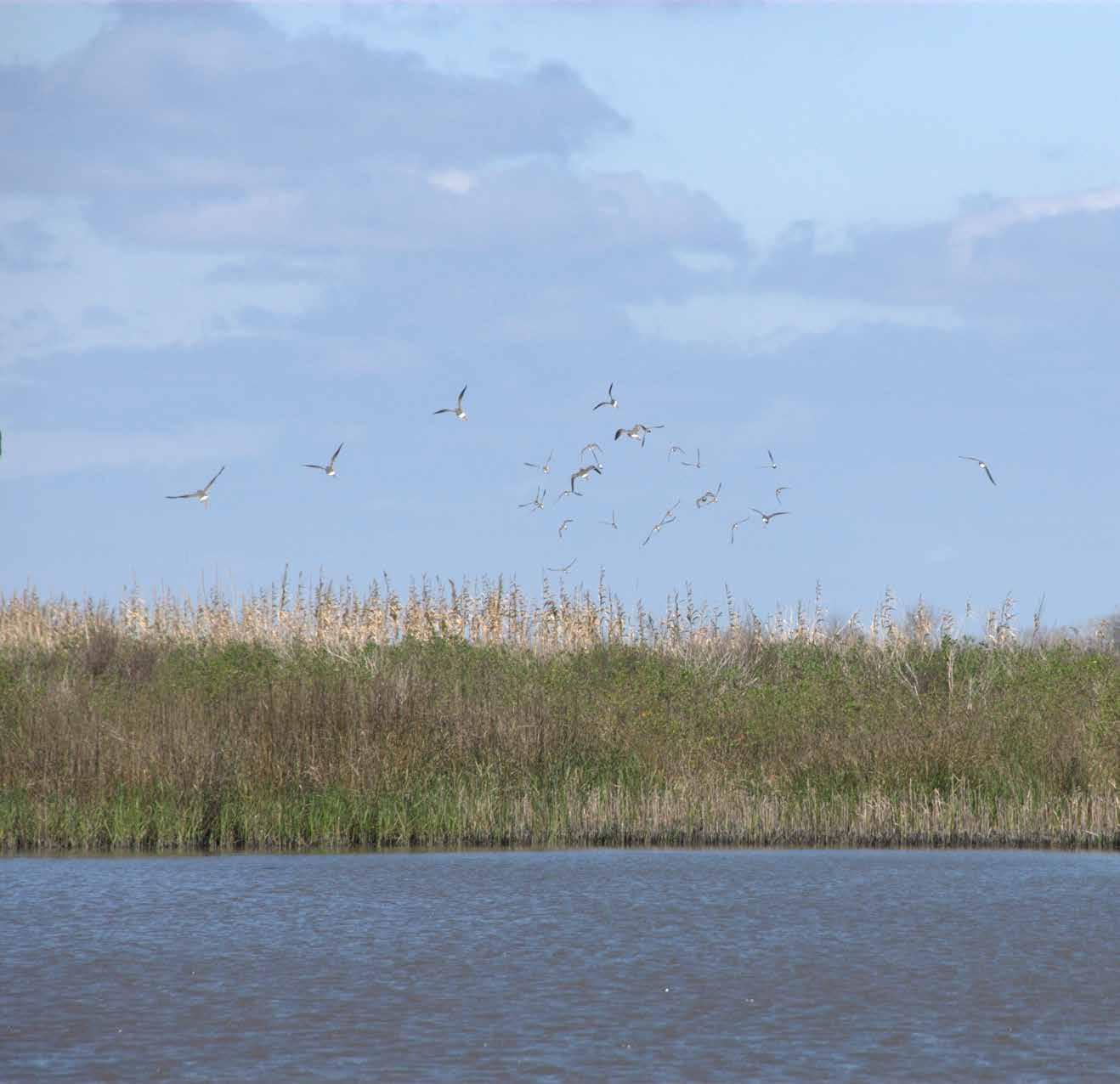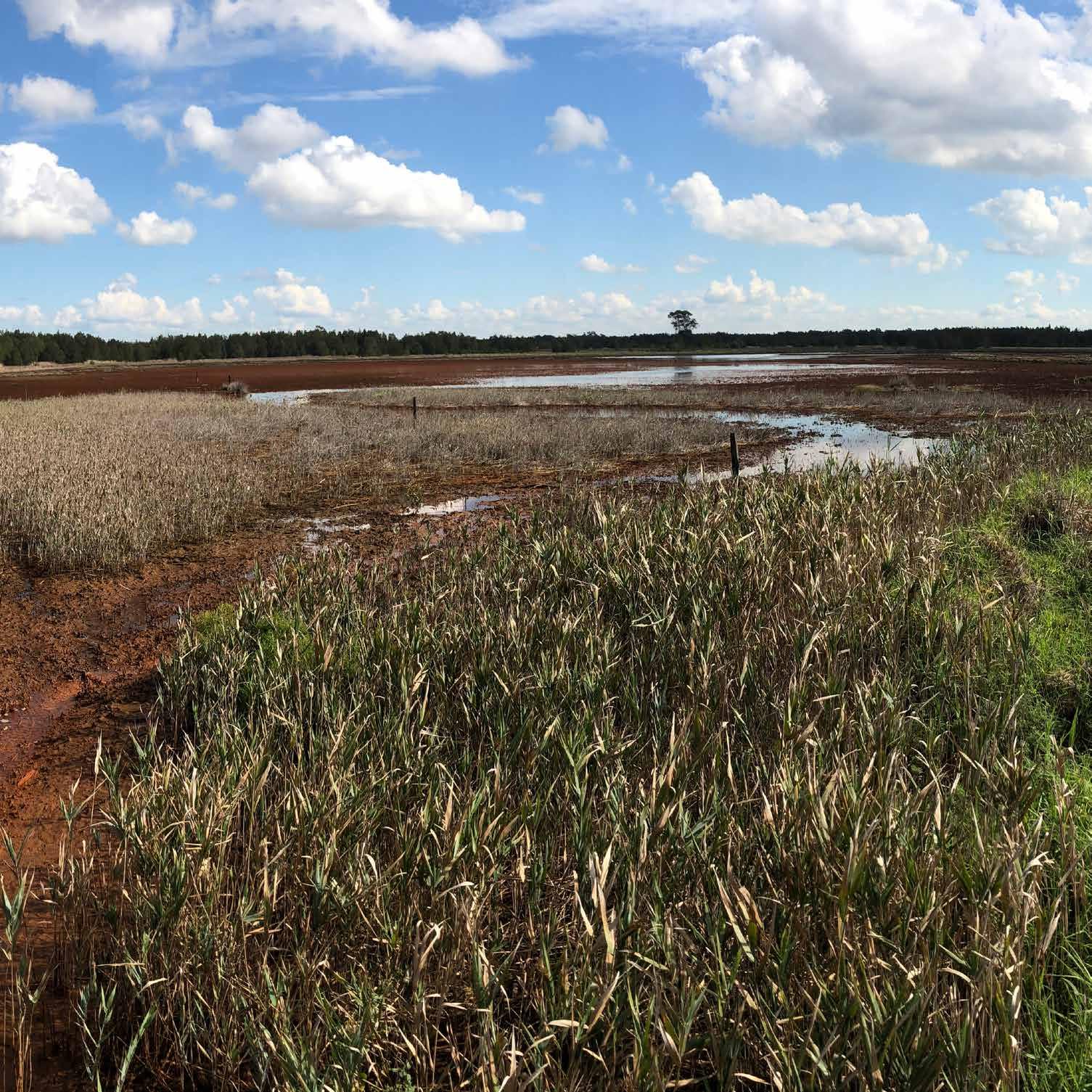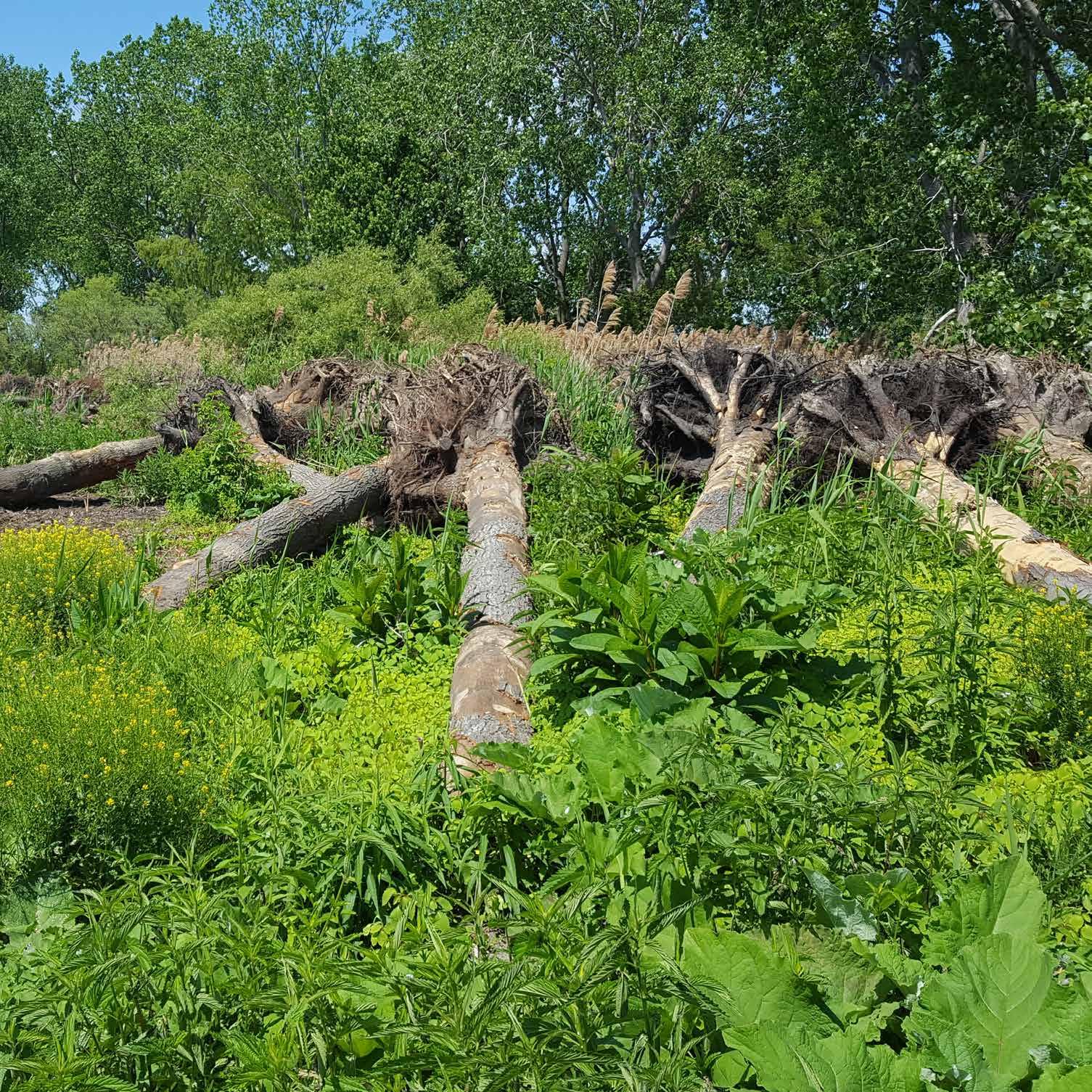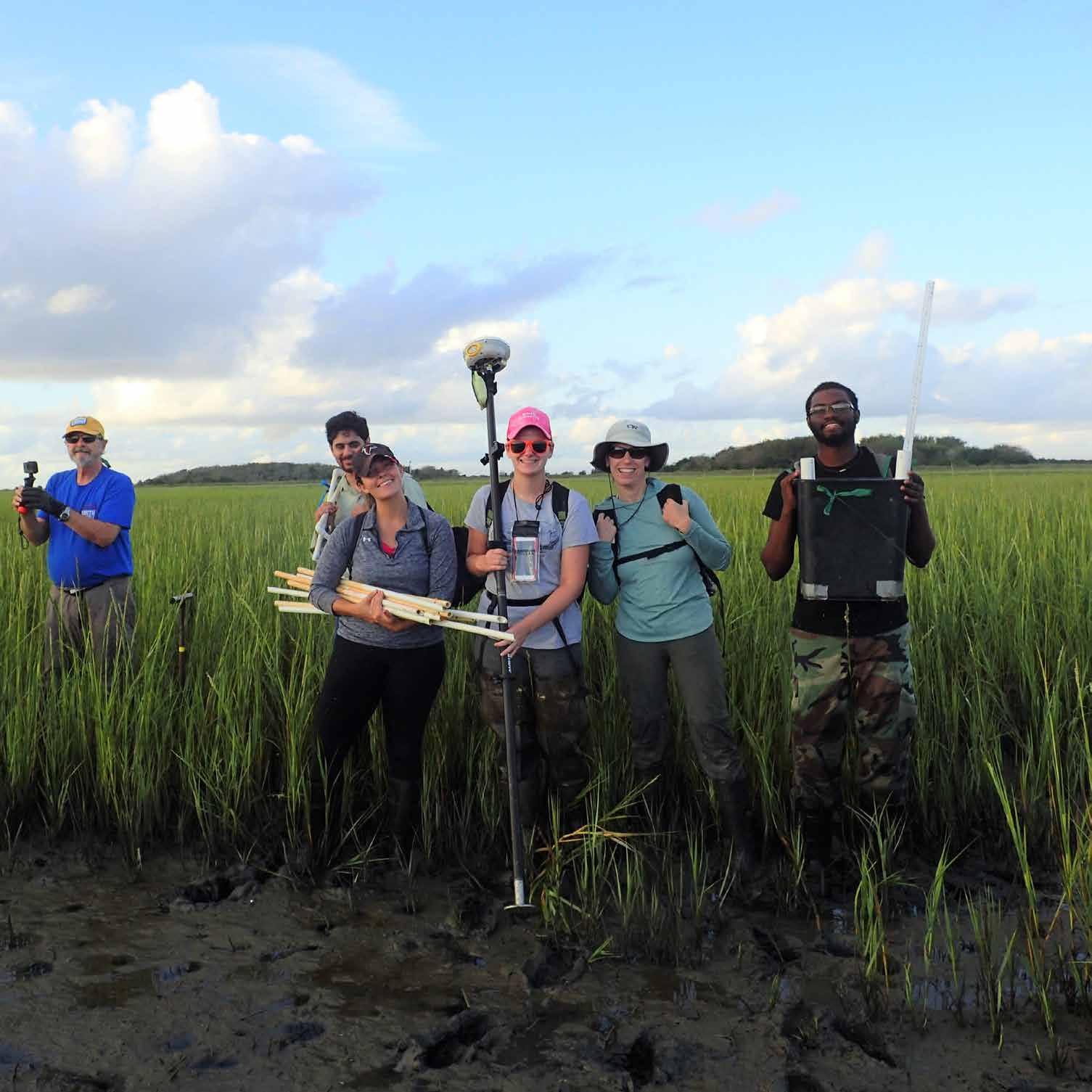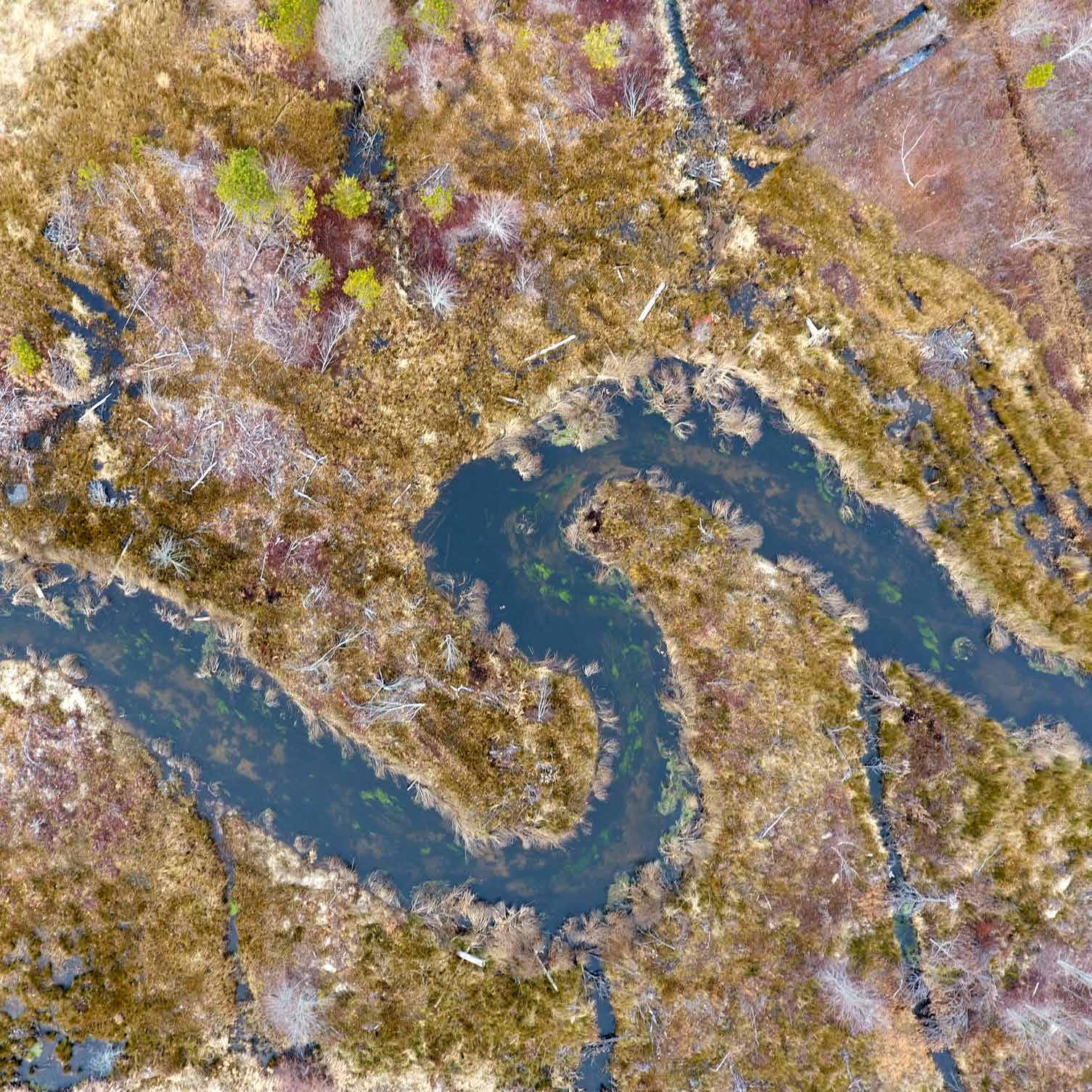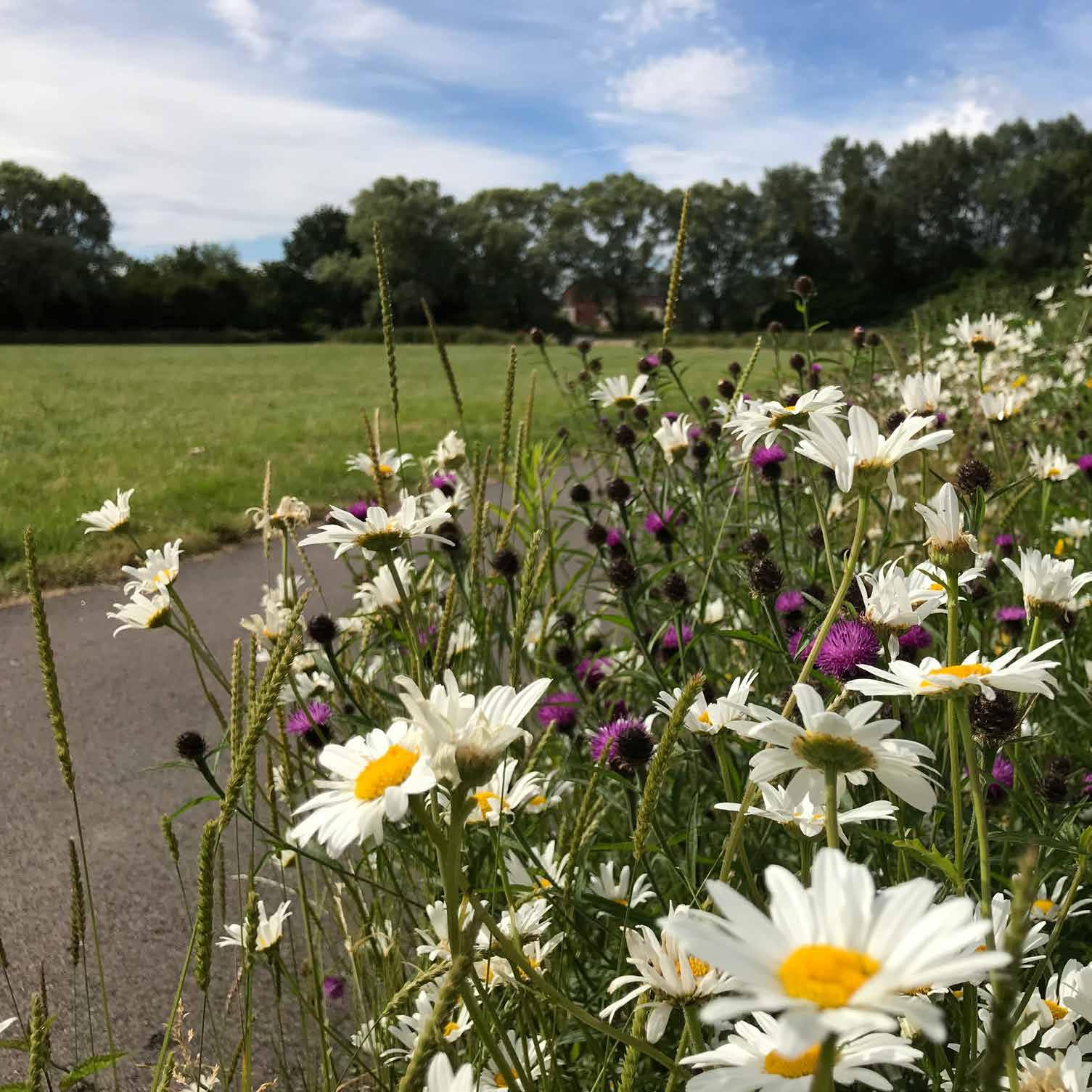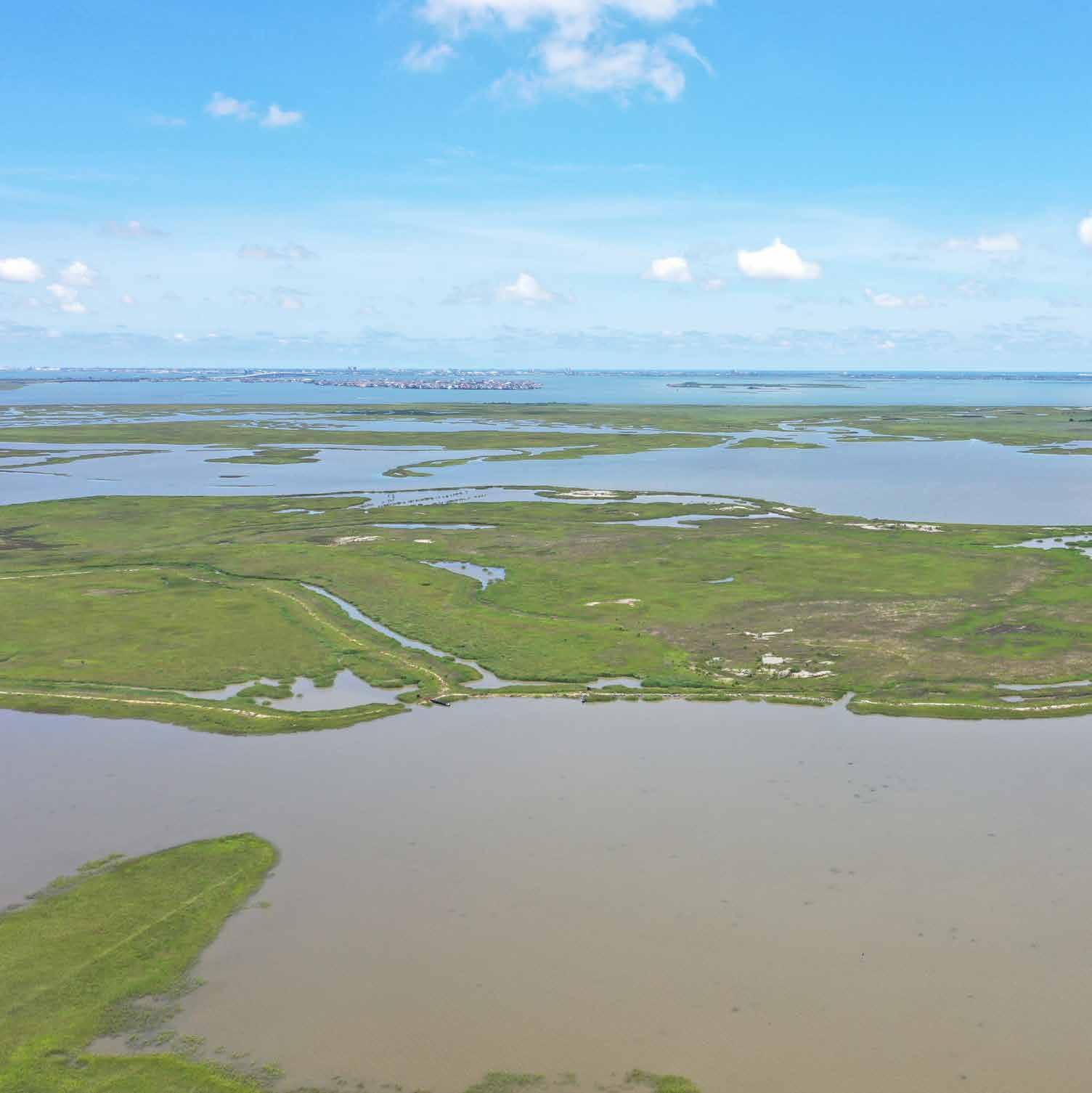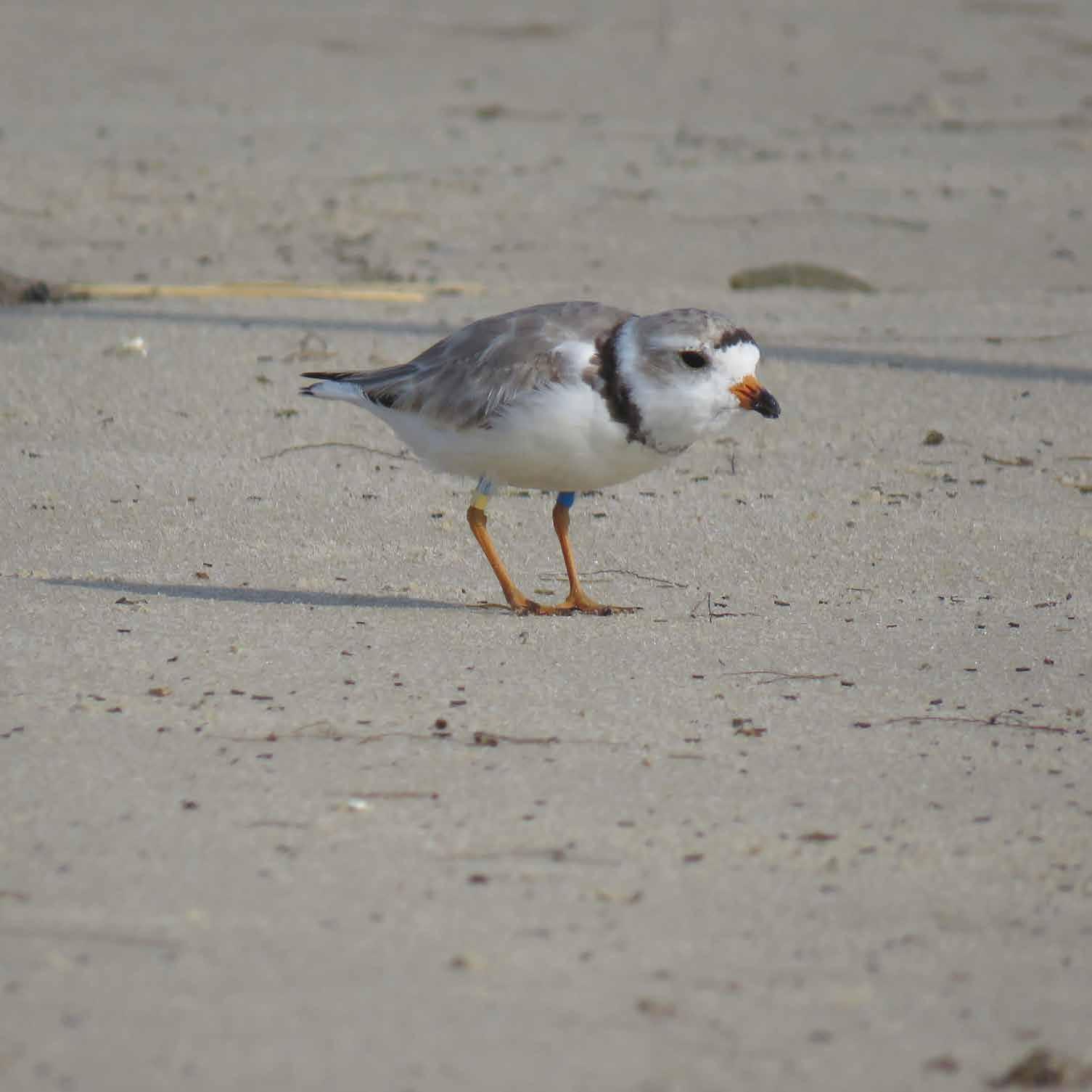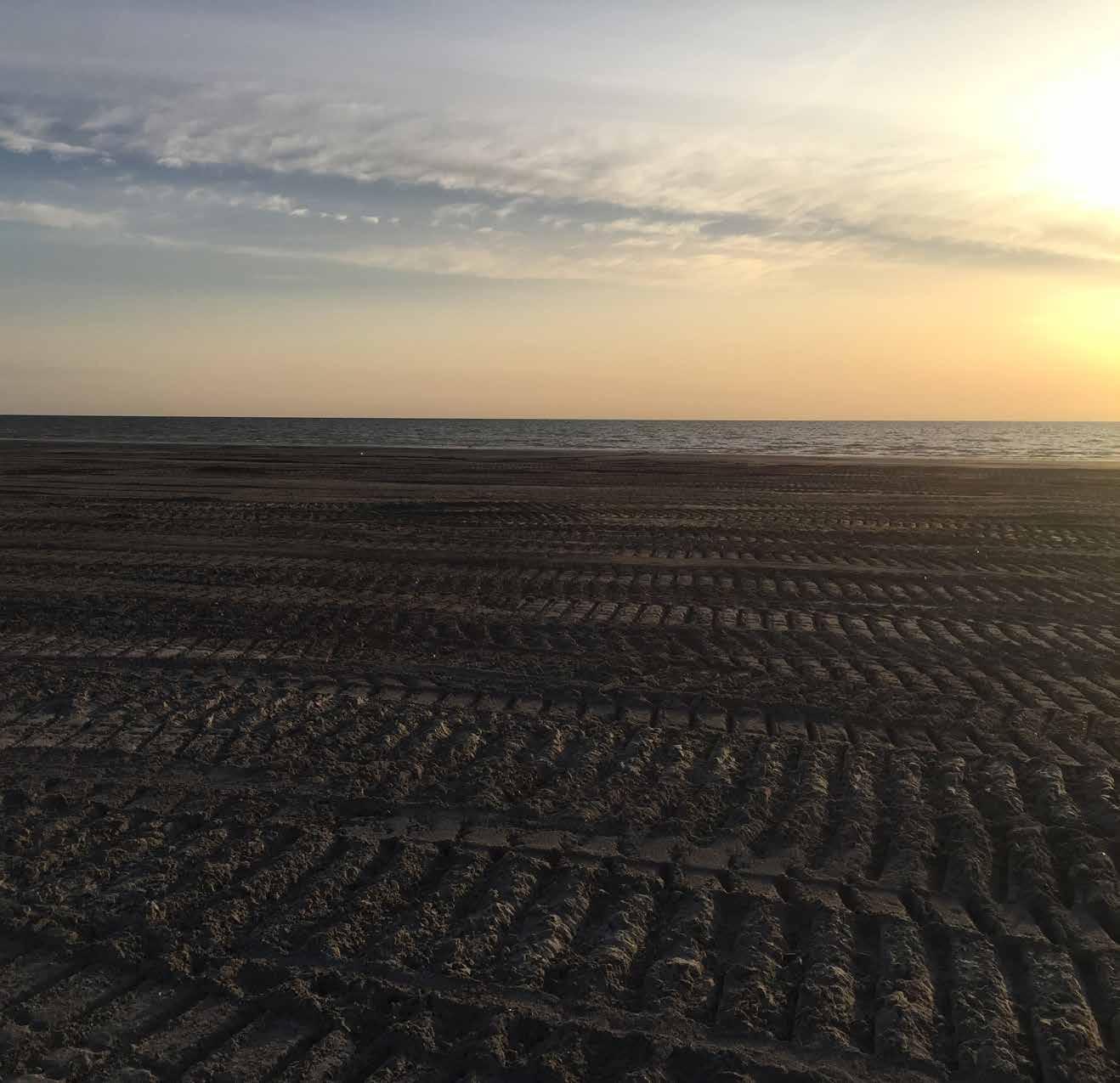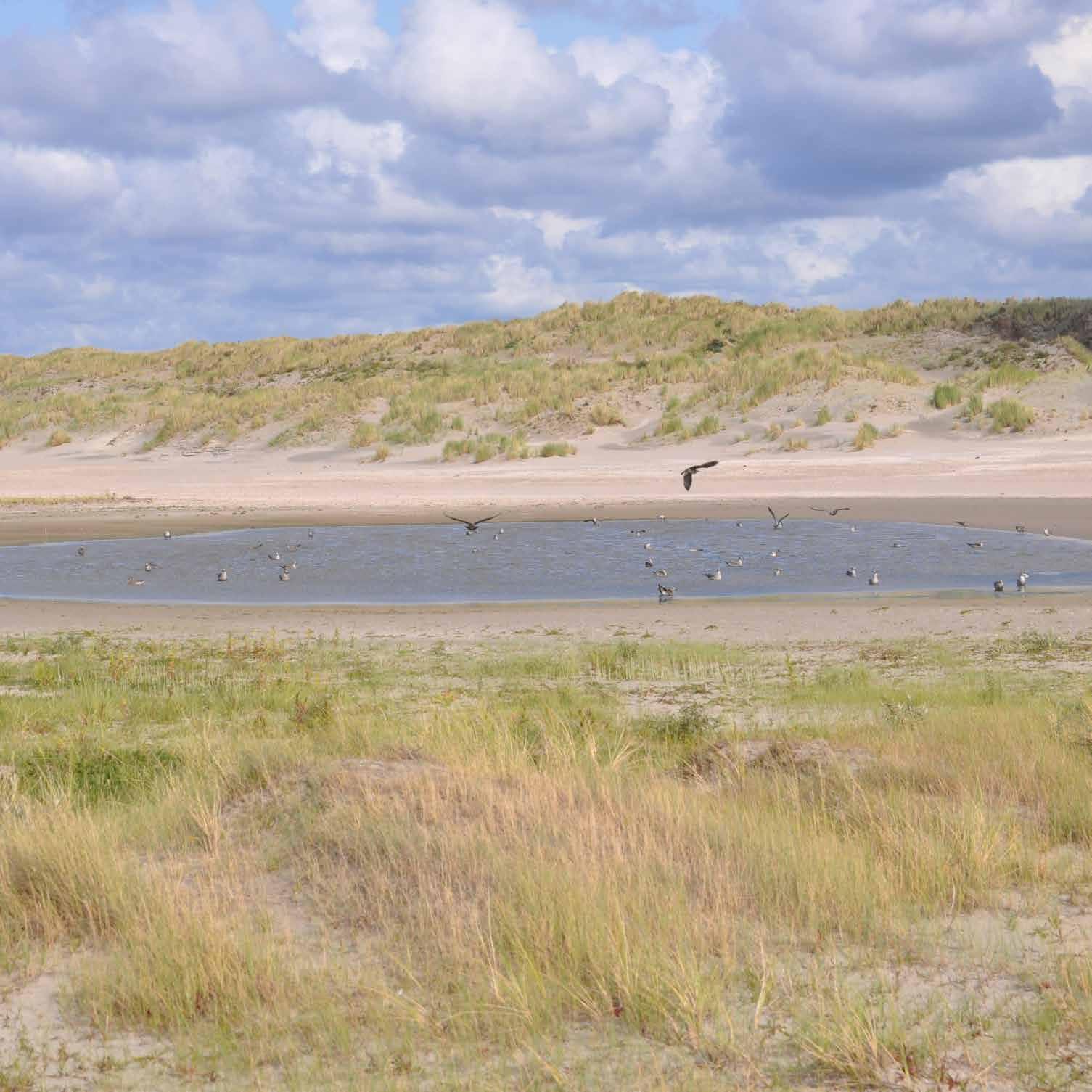Environmental Enhancement of Infrastructure
Lower Yellowstone River Fish Passage Dawson County, Montana, United States
Promoting and protecting pallid sturgeon migration by expanding river access. The Lower Yellowstone Irrigation District provides irrigation water to over 23,000 hectares of land. However, the diversion dam on the Lower Yellowstone River impeded upstream migration of pallid sturgeon (Scaphirhynchus albus), an endangered species, and other native fish for over 100 years. As part of a Bureau of Reclamation project, the U.S. Army Corps of Engineers (USACE)–Omaha District built a new headworks, weir, and fish bypass channel as a way to provide access to as many as 266 additional kilometers of the Yellowstone River for pallid sturgeon migration, spawning, and larval development. The headworks has 12 cylindrical screens to prevent fish entrainment in the irrigation channel, and the screens can be raised when not in use and during maintenance. The screens are self-cleaning, since the design includes brushes that clean the screens as they rotate. The bypass channel runs for 3,398 meters from the upper end of the existing channel to just downstream of the weir on the south side of the river. A replacement concrete weir will sit just upstream of the existing one and provide sufficient water surface elevation to maintain irrigation diversions through the headworks. Through its efforts, the project contributes to the recovery of pallid sturgeon.
280














